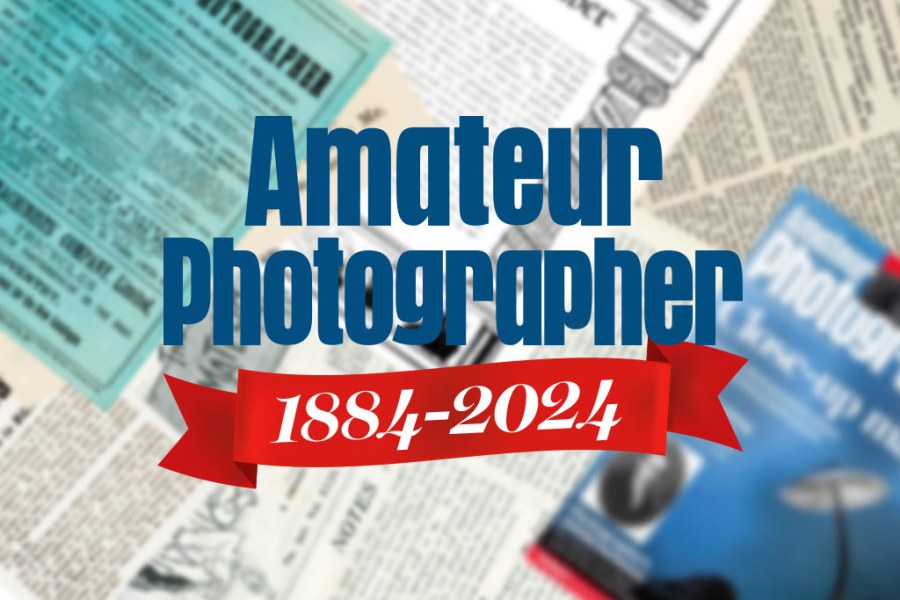On 10 October 1884, J Harris Stone launched the first issue of a new weekly magazine ‘devoted to the interests of Photography and kindred arts and sciences’. It was called The Amateur Photographer, and in his first editorial he explained why. ‘Photography has, within the last few years, become so popular with amateurs, that at the present time their number vastly exceeds that of professional photographers. Recruits of either sex – for here let us say that ladies make excellent manipulators – are daily being added to the rank of those practising this pleasing and truly fascinating art, which is not to be wondered at when one remembers that some of the most successful photographs that have ever been taken are the work of amateurs.’
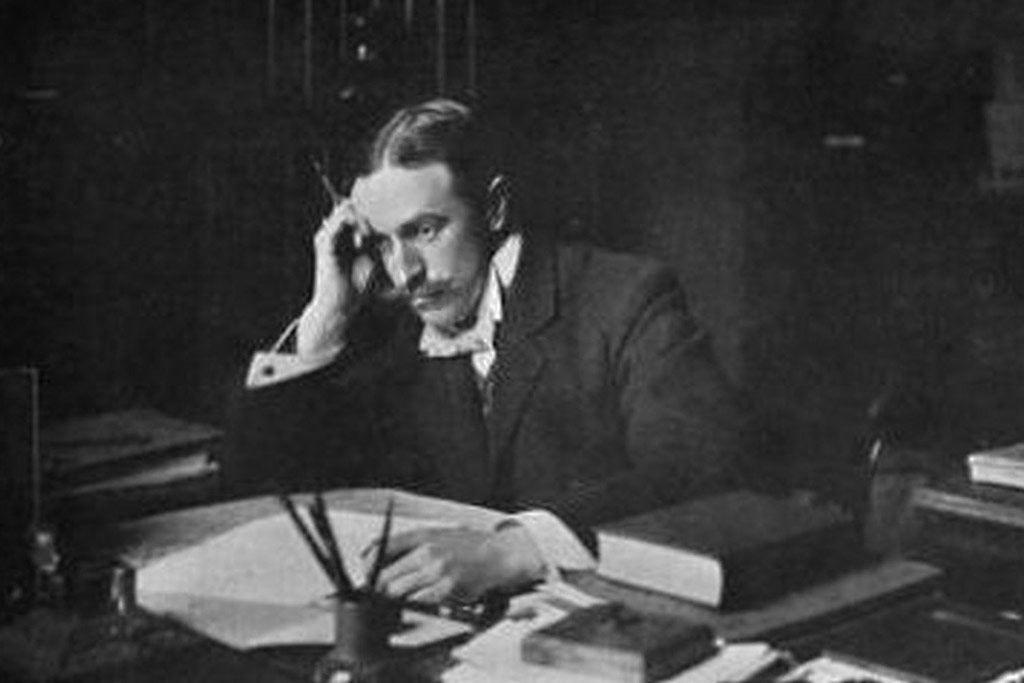
Based a stone’s thrown from London’s Charing Cross Station, AP, as it quickly became known, was not the first weekly photo magazine to grace the newsstands. Photographic News had been around since 1858 and The British Journal of Photography had launched in 1854 as Liverpool Photographic Journal, changed its name in 1860 and turned weekly in 1864. But AP was the only one specifically aimed at amateurs and it quickly gained a following.
Under the editorship of its fourth editor, Alfred Horsley Hinton, who took over in 1893, AP became the UK’s biggest-selling photographic journal. Hinton was very much the epitome of a Victorian gentleman, with his winged collar and magnificent turned-up moustache.
A passionate advocate for pictorialism, and widely regarded as the father of British landscape photography, Hinton was a founding member of the hugely influential Brotherhood of the Linked Ring, which argued for photography to be considered as an art form equal to painting, rather than a purely mechanical science. This was a highly controversial opinion at the time and led to him being blackballed by the Royal Photographic Society. But Hinton also had powerful friends and allies including the US Photo Secessionists, Edward Steichen and Alfred Stieglitz.
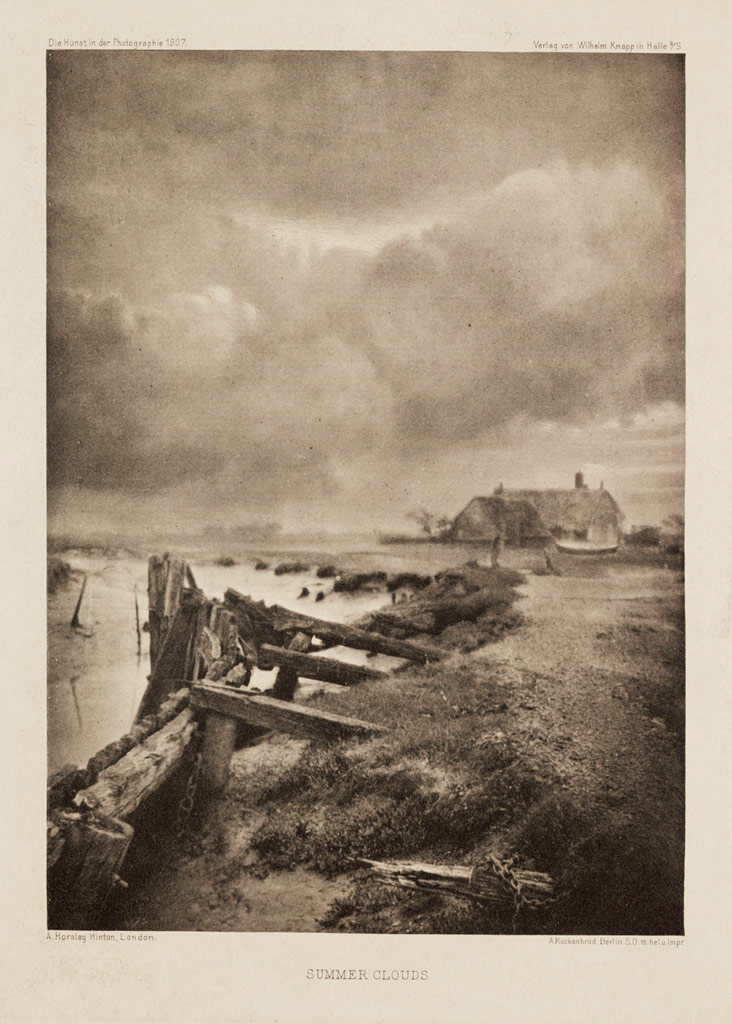
Hinton was a workaholic who regularly put in a 12-hour day. In addition to editing AP there were his weekly newspaper columns, lecture tours and of course his photography – spending hours striding across the Essex marshes with camera, tripod and plates. His punishing schedule caught up with him and he died suddenly in 1908 at the age of 45.
A new era
In search of someone of suitable standing to replace him the publishers decided to buy AP’s rival, Photographic News, edited by FJ Mortimer, and merge the two as The Amateur Photographer and Photographic News, under Mortimer’s editorship.
Mortimer became AP’s longest-serving editor, dedicating 36 years of his life to the magazine including two stints as editor. Like Hinton, Mortimer was a multi award-winning photographer, known for his seascapes, his composite images (made from multiple shots blended together in the darkroom) and his pioneering work on the Bromoil process. He was a President of the RPS, a founder of the London Salon of Photography and presented a series of radio programmes about photography for the BBC.

Mortimer was close friends with playwright George Bernard Shaw (Hinton had introduced Shaw to AP as an occasional contributor) and the famous Egyptologist Lord Carnarvon, of Tutankhamun fame.
Mortimer’s first period as Editor ended in 1918 when AP was acquired by Messrs Iliffe & Sons, who merged AP with their own title Photography & Focus, and renamed the combined title The Amateur Photographer and Photography. The office was relocated from Ludgate Hill to Blackfriars, and Iliffe put their editor R Child Bayley in charge, with Mortimer as Art Editor. Child Bayley was the author of one of the UK’s best-selling photography manuals, and was also believed to be the first photographer in the UK to use the Autochrome process. He retired as Editor in 1925 but stayed on as Consulting Editor, with Mortimer returning as Editor.
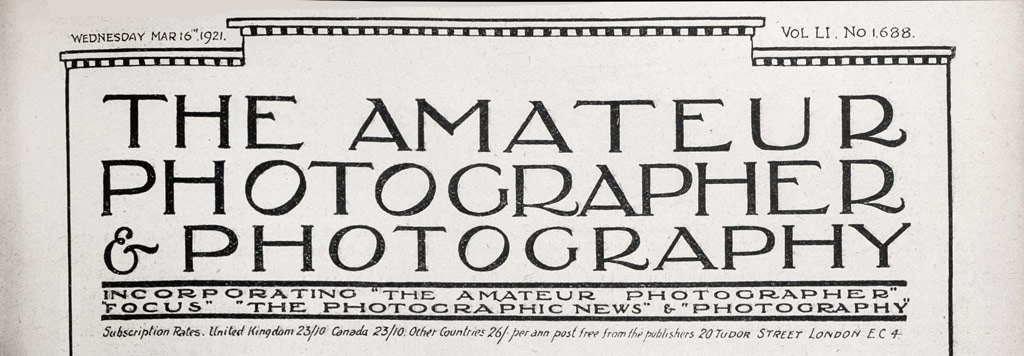

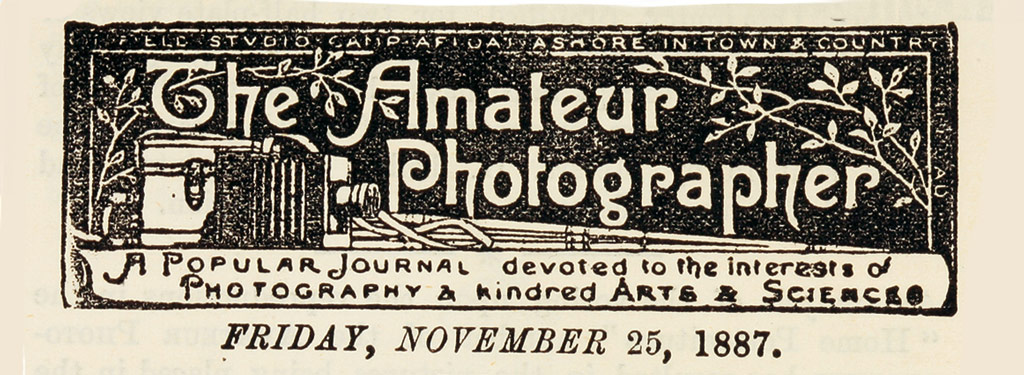

The growing popularity of cine film during the 1920s led in 1927 to AP being renamed The Amateur Photographer and Cinematographer, with additional pages dedicated to capturing the moving image.
In 1933 AP moved to a new office building in Stamford St, SE1. Such was AP’s standing by this time that its 50th anniversary issue in 1934 included a note of congratulations from the Prince of Wales.

AP continued to be published throughout the war, albeit in thinner form due to paper rationing, and the title reverted to just The Amateur Photographer. In 1943 Mortimer was awarded a CBE for his services to photography, but just a year later he was killed by a German V-2 rocket strike on Waterloo Station, while he was on his way to work.
The post-war years
FJ Mortimer was succeeded by his Deputy, ALM Sowerby, a respected physicist and chemist, who raised the technical and scientific content of the magazine, and remained at the helm until 1963.
In 1946 the prefix ‘The’ was dropped from the title and it became just plain Amateur Photographer but paper rationing was still in place. In 1954 a new element was introduced that would become synonymous with the magazine for decades: the HQS Wellington, docked on the north embankment and photographed from the south bank of the Thames, made its debut in AP’s lens tests. While the value of using a boat bobbing on the tide to test lens sharpness has always been questionable, these blow-ups became a part of the AP furniture that is still talked about today.
In 1963 ALM Sowerby retired and was replaced by his Deputy, Reg Mason. Photography enjoyed a newfound popularity as a leisure interest during the swinging sixties, and AP’s circulation had been rising sharply. In the 29 April 1964 issue it was reported that AP’s ABC audited circulation was 91,442 copy sales per week, with an overall annual readership of 15 million.
The 17 Editors of AP over the years and their tenures
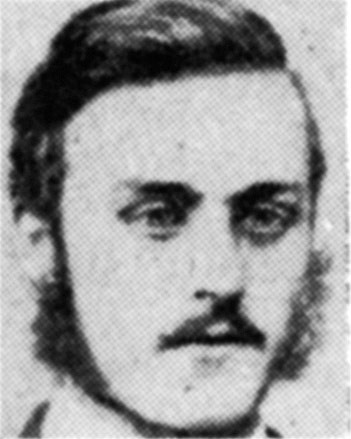 |  | 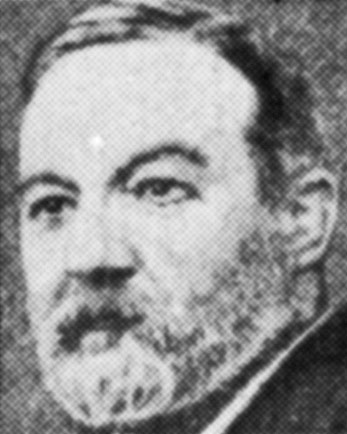 |  | 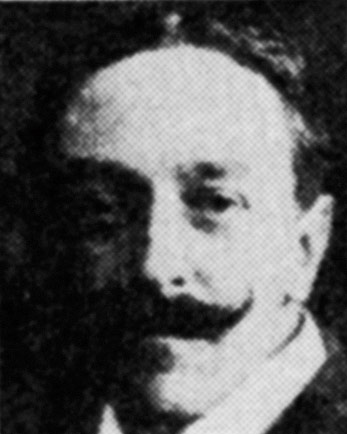 | 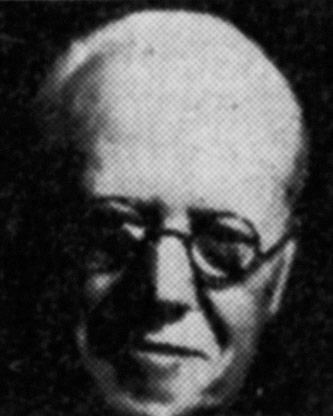 |
| J Harris Stone 1884-88 | CW Hastings 1888-92 | Lt TC Hepworth 1890 | EJ Wall 1892-93 | A Horsley Hinton 1893-1908 | FJ Mortimer 1908-18 |
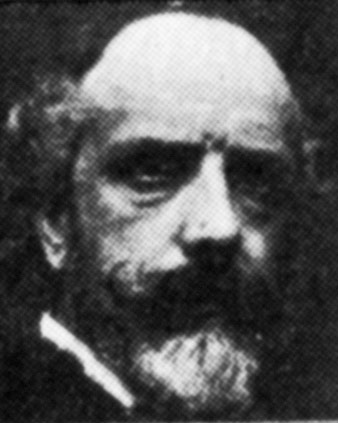 |  |  | 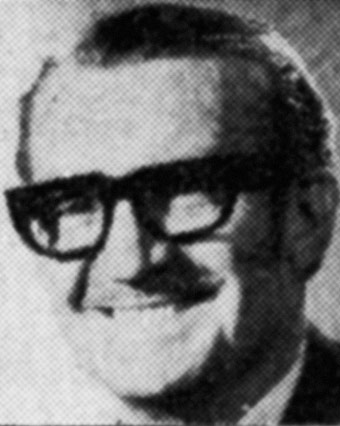 | 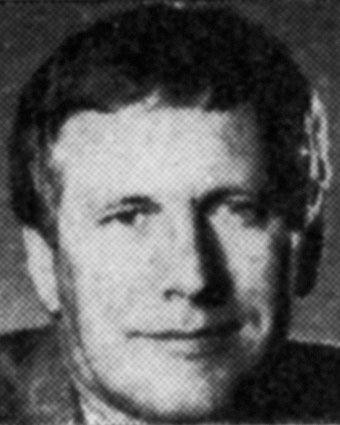 |  |
| R Child Bayley 1918-25 | FJ Mortimer 1925-44 | ALM Sowerby 1944-63 | RH Mason 1963-76 | Martin Hodder 1976-80 | Roy Green 1980-85 |
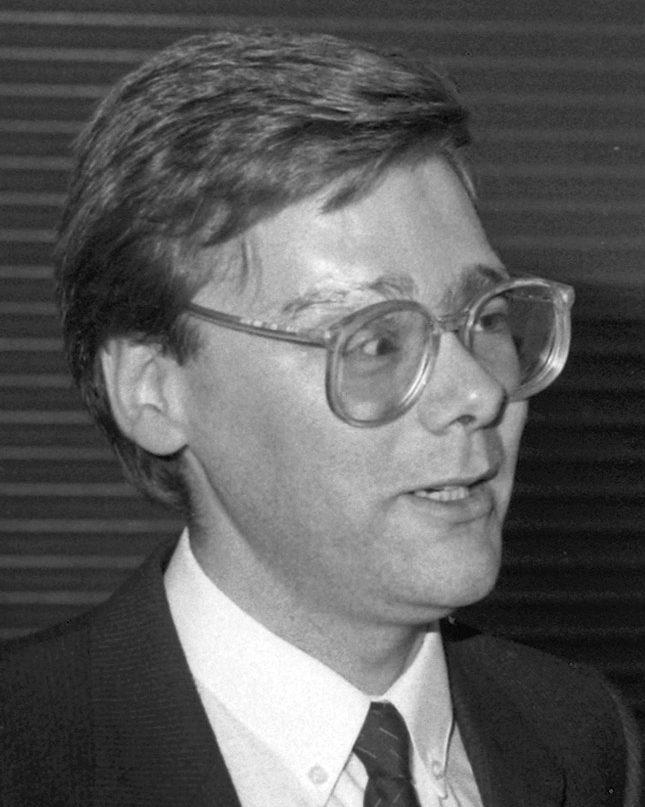 |  | 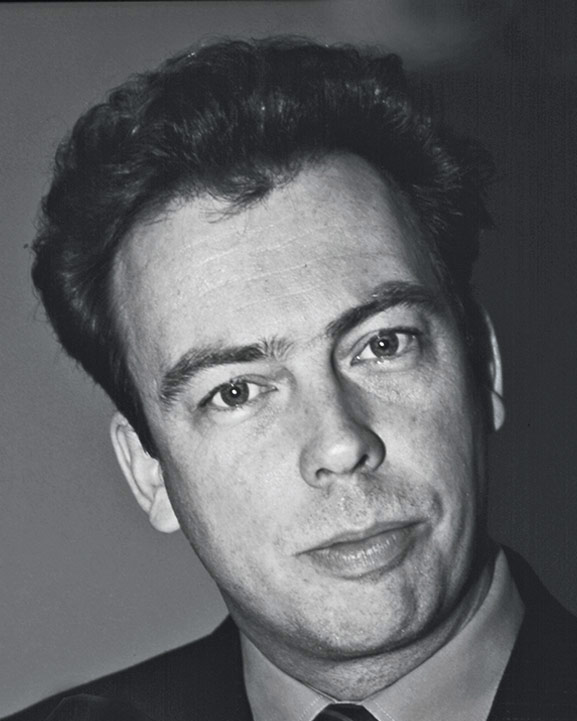 |  |  | |
| Barry Monk 1985-88 | Keith Wilson 1989-98 | Garry Coward-Williams 1998-2007 | Damien Demolder 2007-2013 | Nigel Atherton 2013-present |
In 1967 the cover masthead design saw a radical overhaul, with a giant lowercase ‘ap’ formalising what everyone called the magazine anyway (it still ran the full name underneath, just in case). But a year or so later it reverted back to using the full title.
With the arrival in the 1970s of a new wave of small, semi-automated, electronic cameras like the Olympus OM-2 and Canon AE-1, photography went even more mass-market. Reg Mason’s successor, Martin Hodder, placed more emphasis on equipment testing and rating and introduced comparison testing for the first time.
In 1977 the Camera of the Year awards were introduced and evolved into the annual AP Awards which continue as the UK photo industry’s most prestigious event. AP reached its highest-ever weekly sales in 1980-81, selling over 100,000 issues per week. Each issue had about 250 pages – some 200 of which were ads.
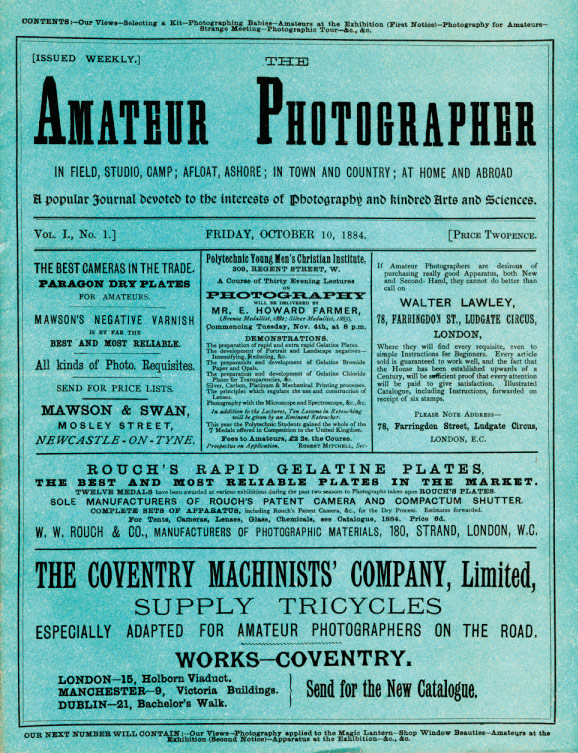
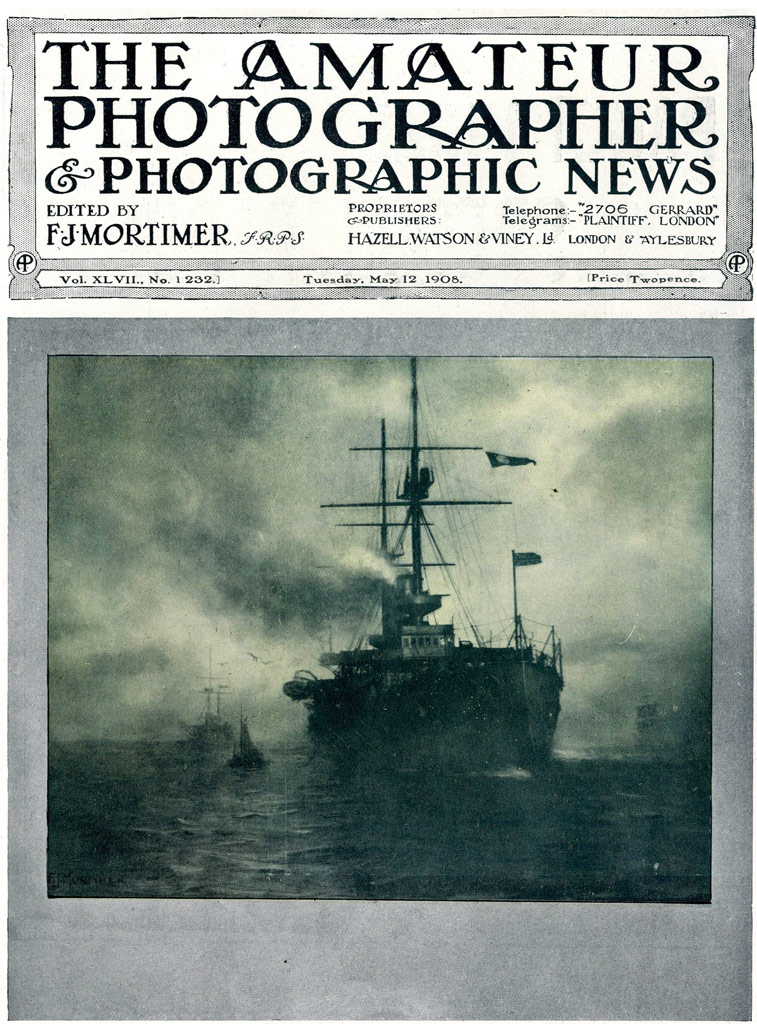


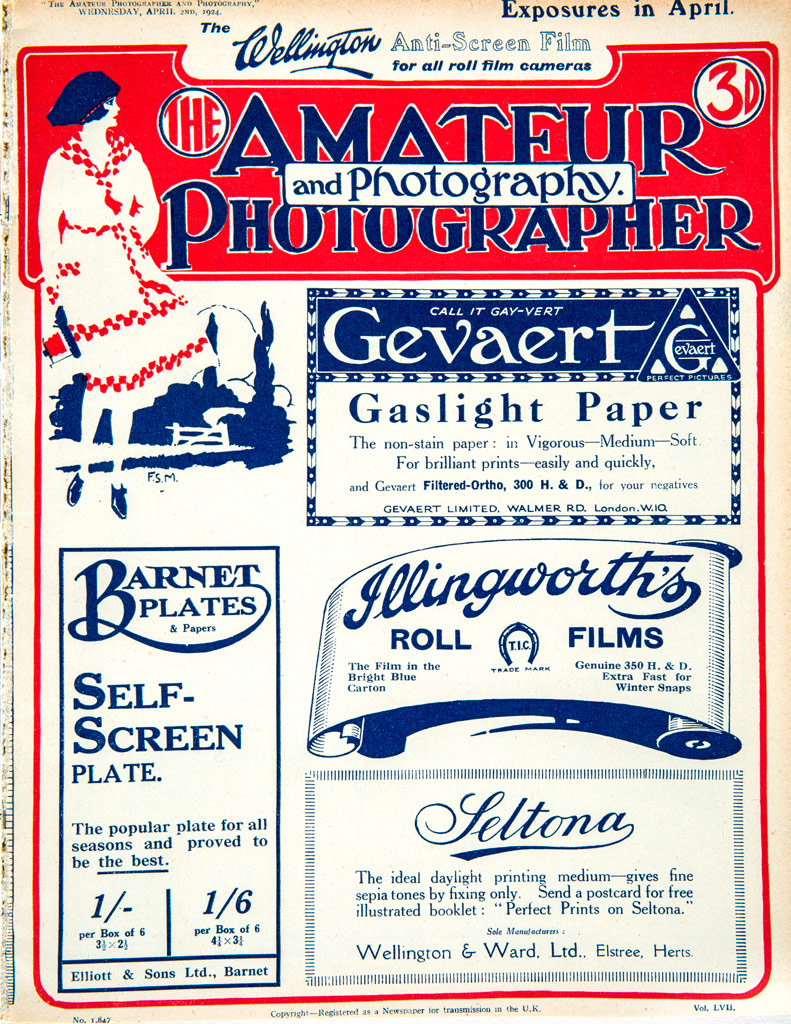
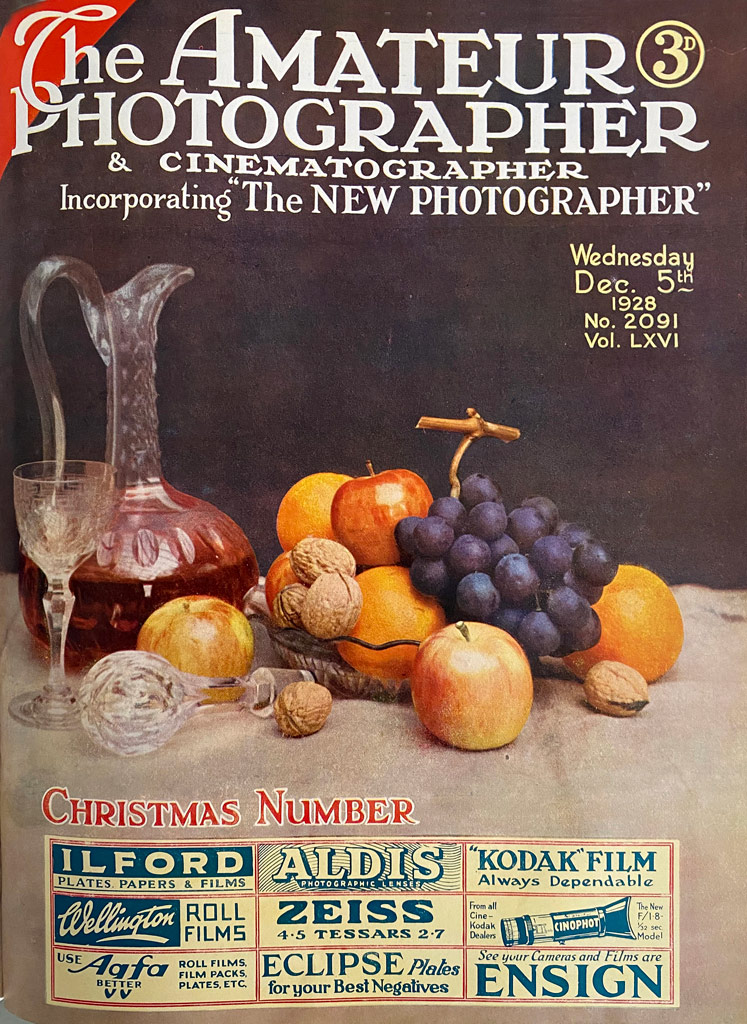
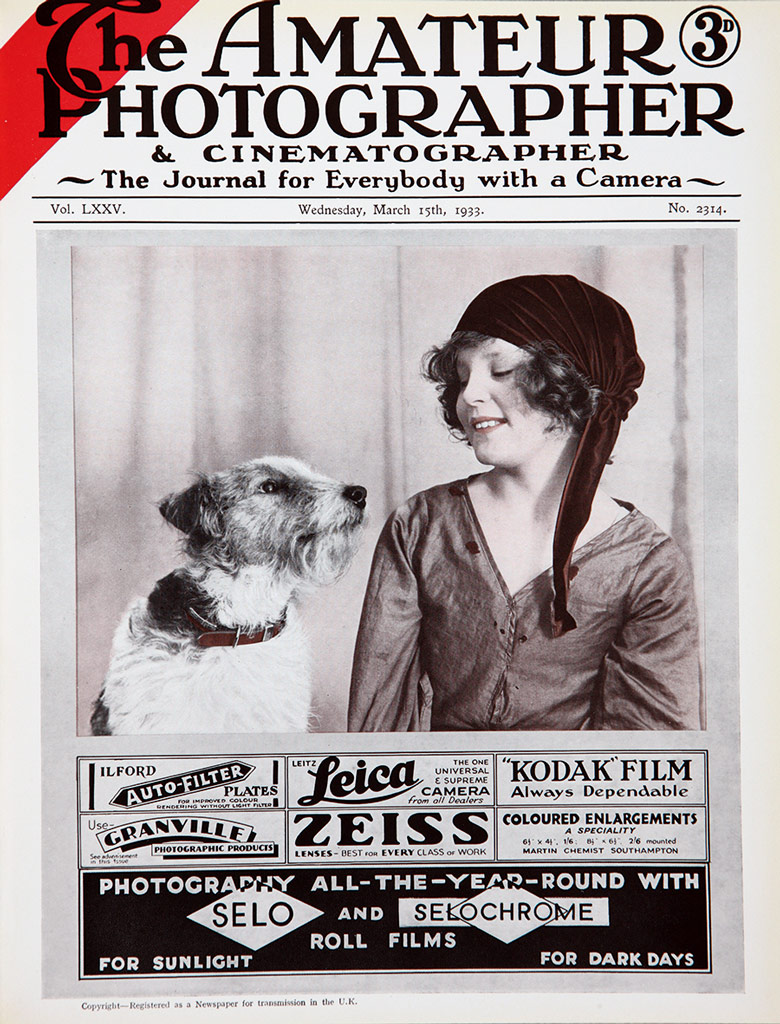

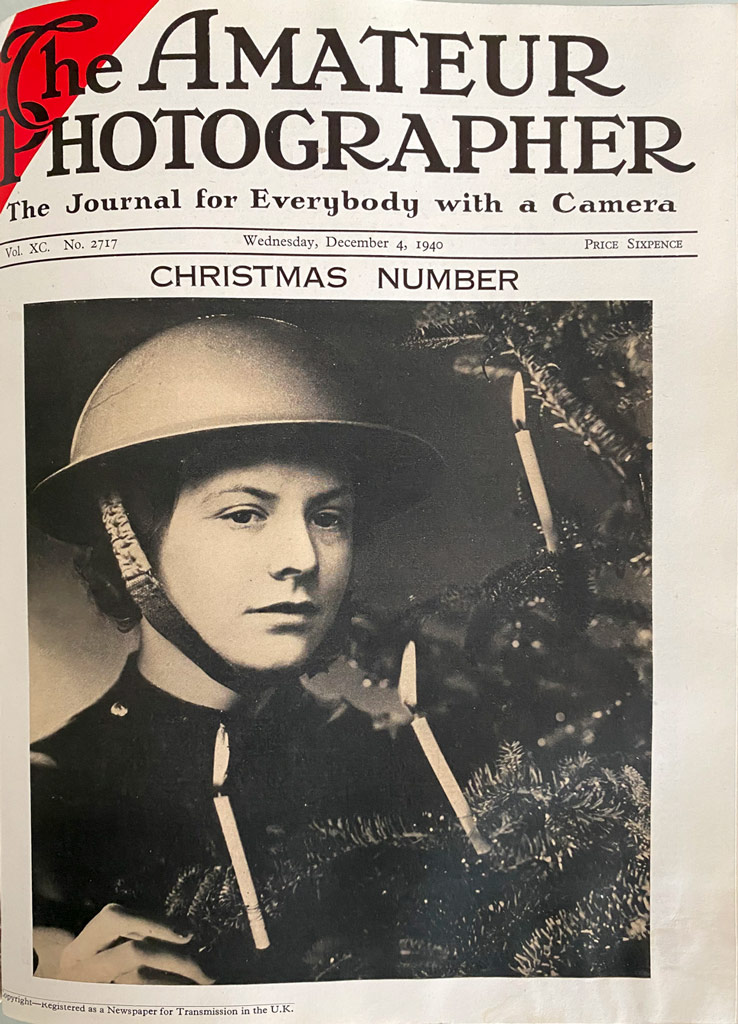
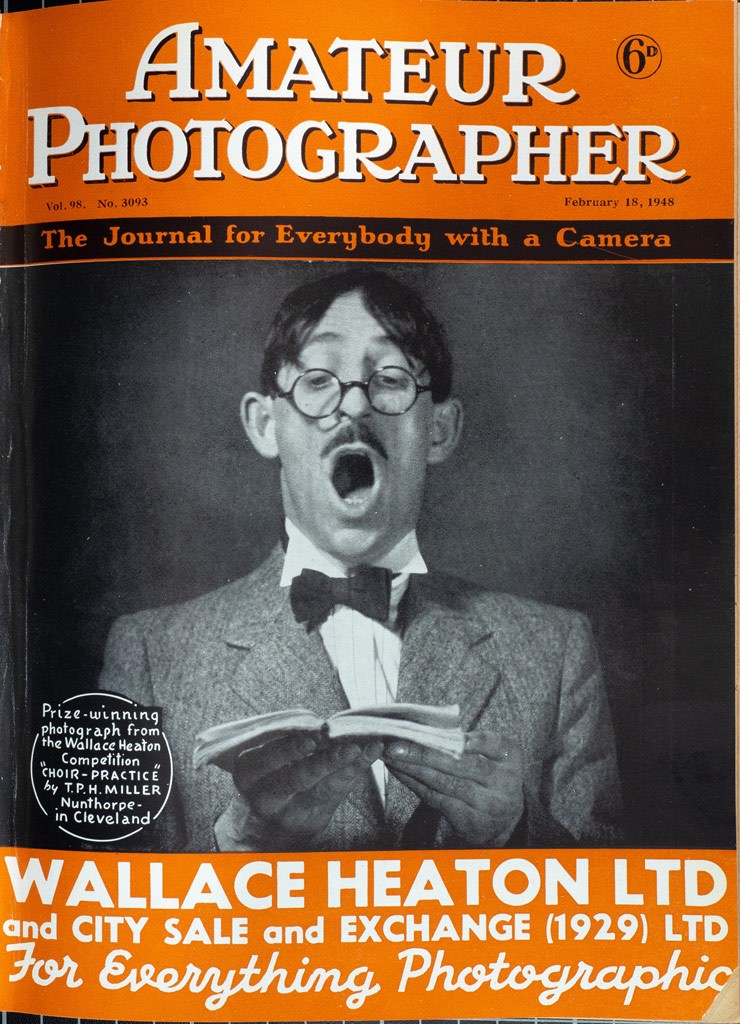
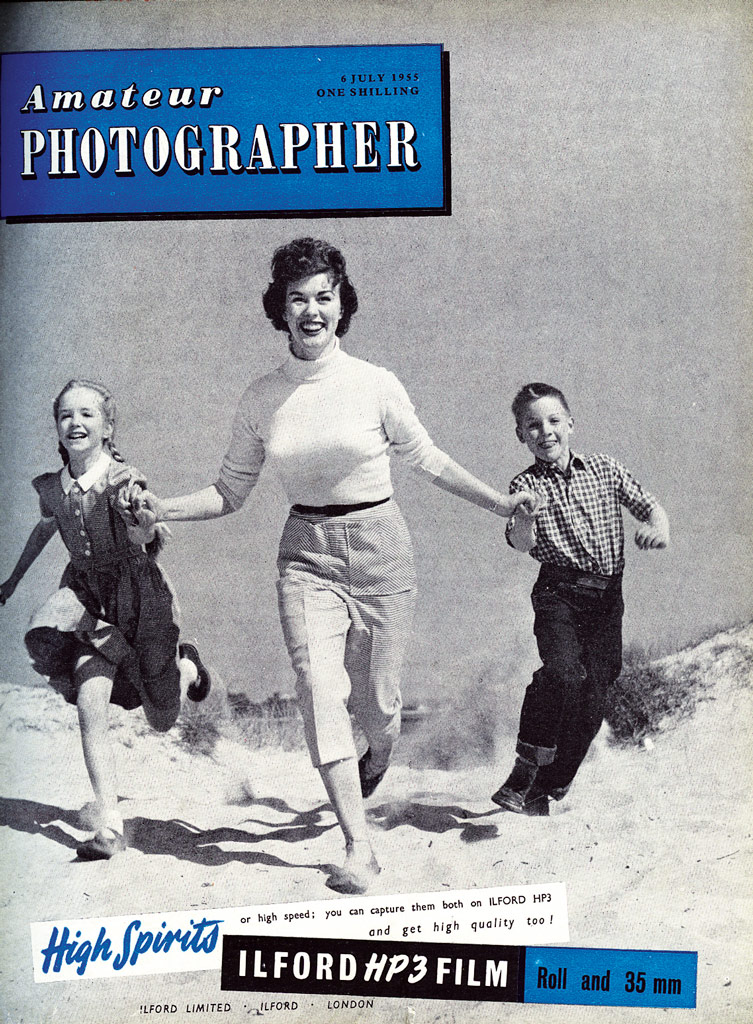
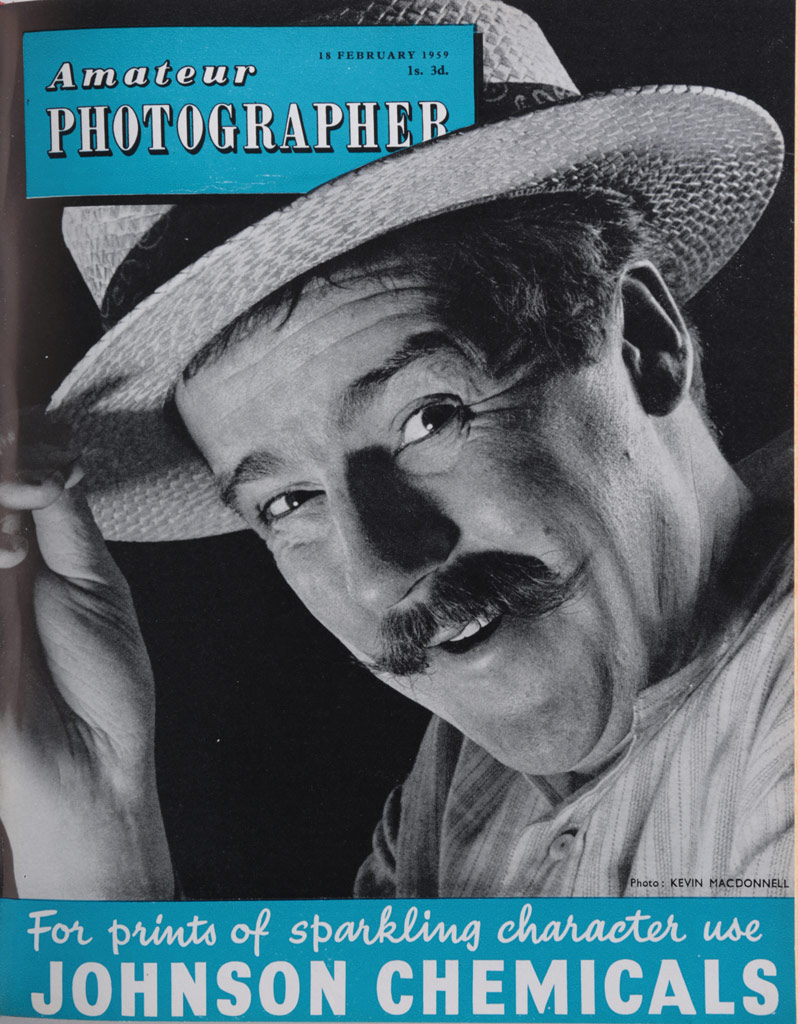
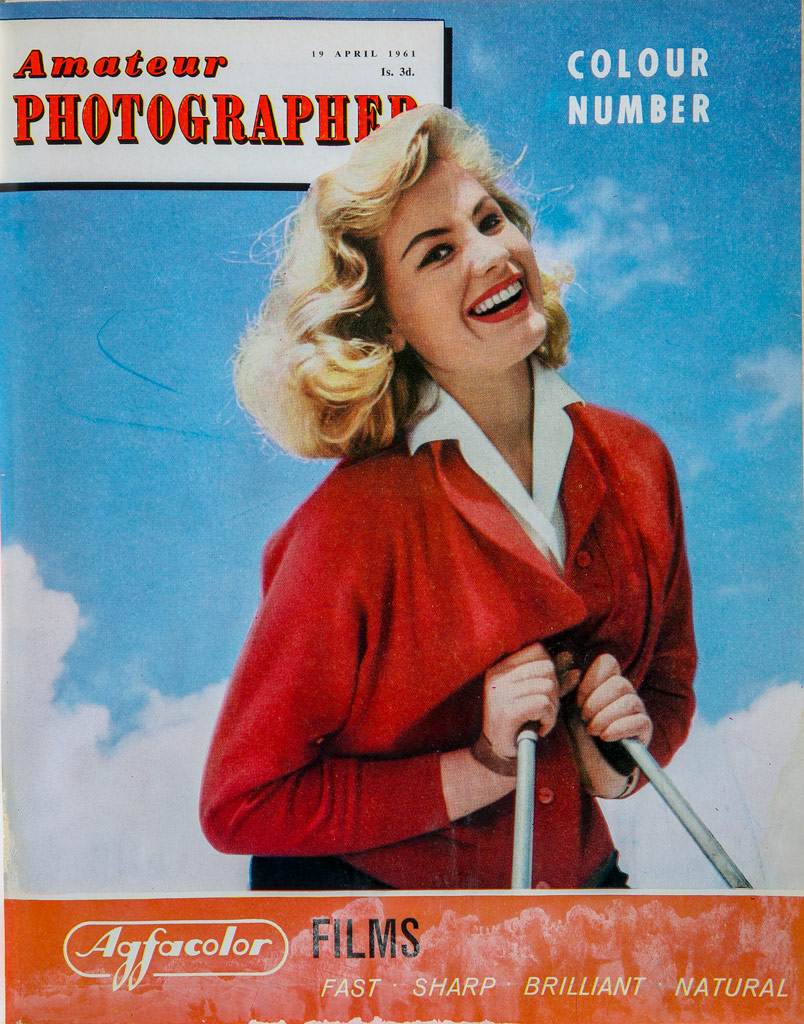

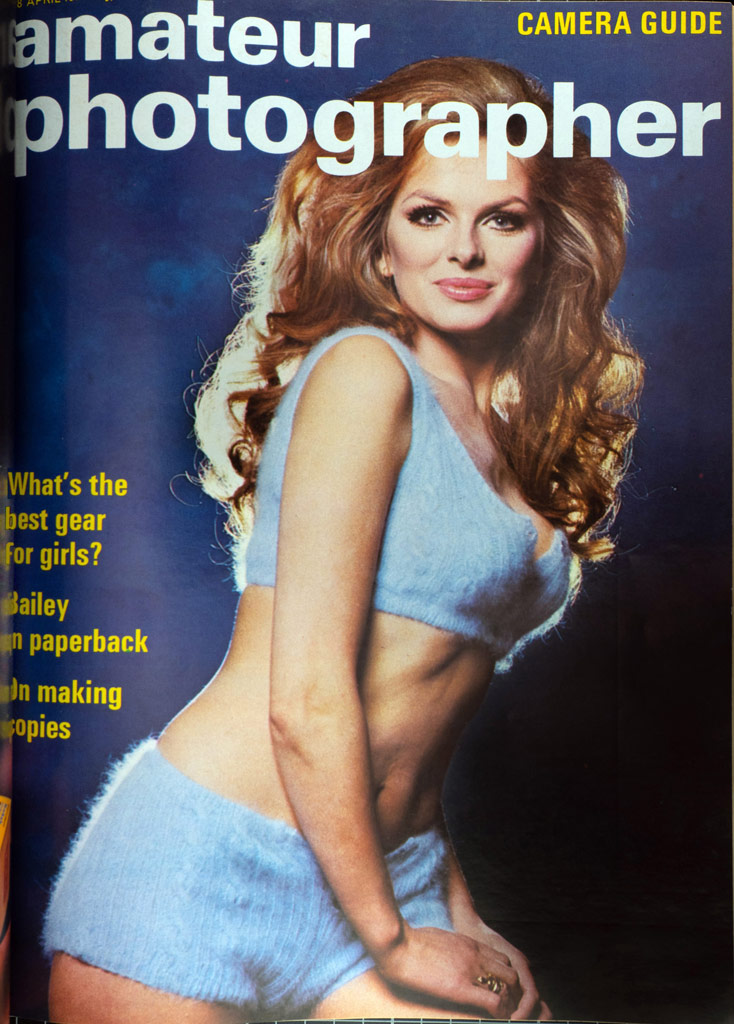
The 1980s saw a bigger shift towards colour photography with more technique and more readers’ pictures. The annual Amateur Photographer of the Year contest (APOY) also launched in this decade, with the inaugural awards presented at The Savoy by none other than Lord Lichfield.
In the 1990s, under the editorship of Keith Wilson, the glamour girl content – which had dominated AP covers for 20 years and reached its zenith during the ’80s – was phased out and replaced by a greater emphasis on photojournalism, high fashion and wildlife photography.
World-leading photographers including David Bailey, Bob Carlos Clarke, Eamonn McCabe and Frans Lanting became regular columnists.
AP’s enhanced respectability was such that the editorial leader in the 110th anniversary issue was written by Lord Snowdon.
Wilson was succeeded as editor by Garry Coward-Williams, who took AP into the millennium, boosted AP’s classic cameras content and oversaw the early days of photography’s transition from film to digital – a navigation that was completed by his successor (and my predecessor) Damien Demolder when he edited AP from 2007 to 2013.
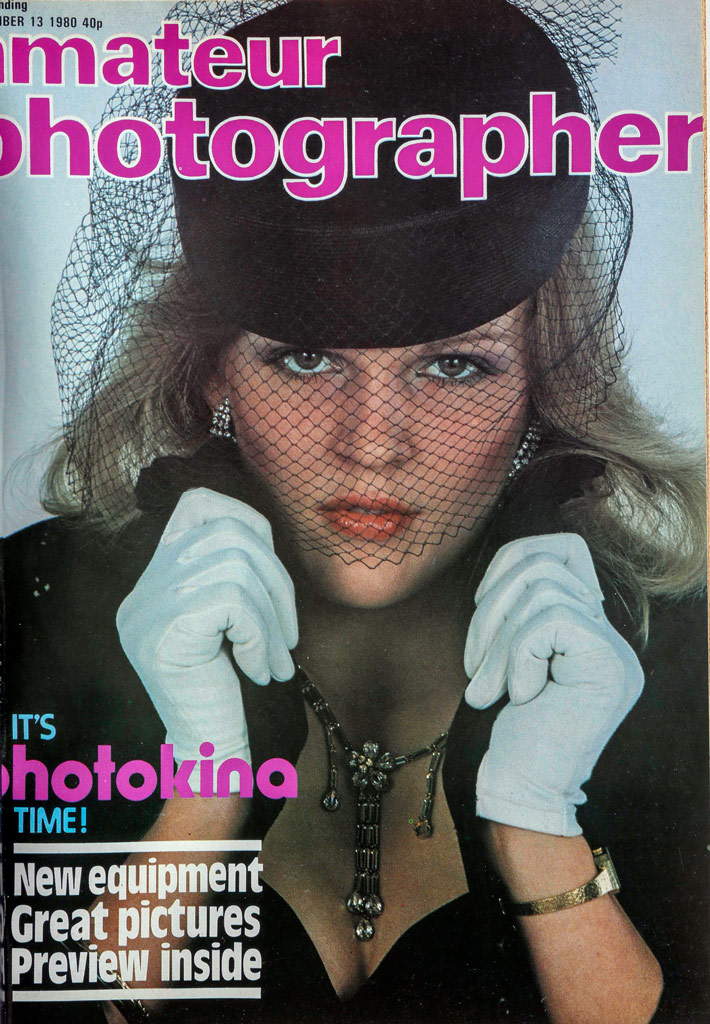
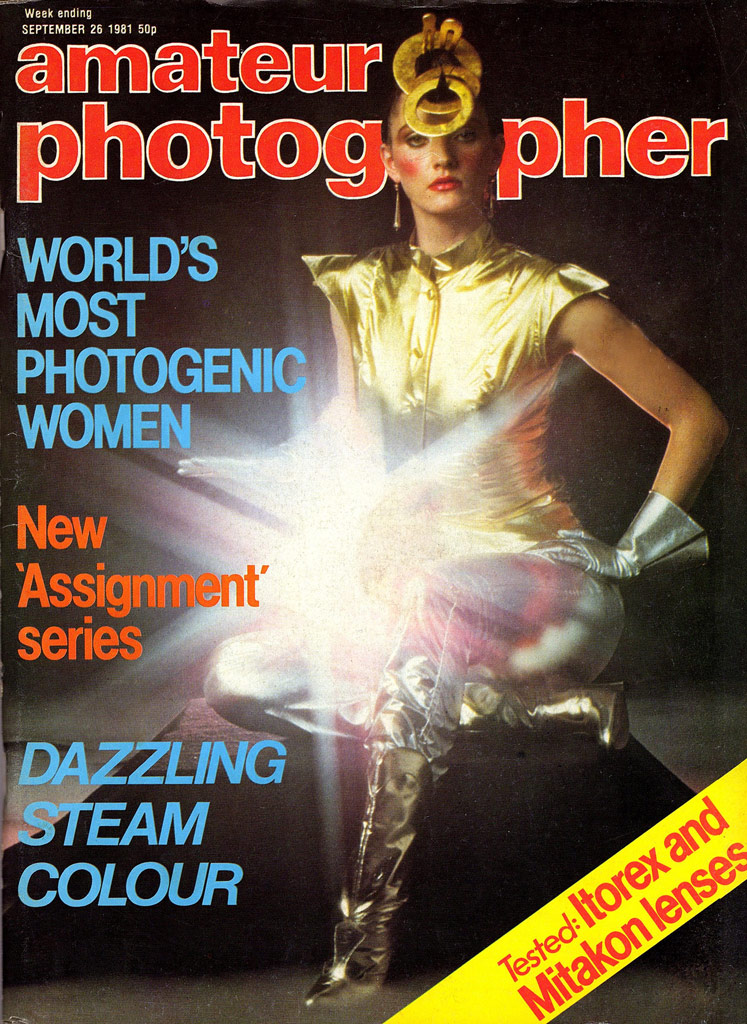
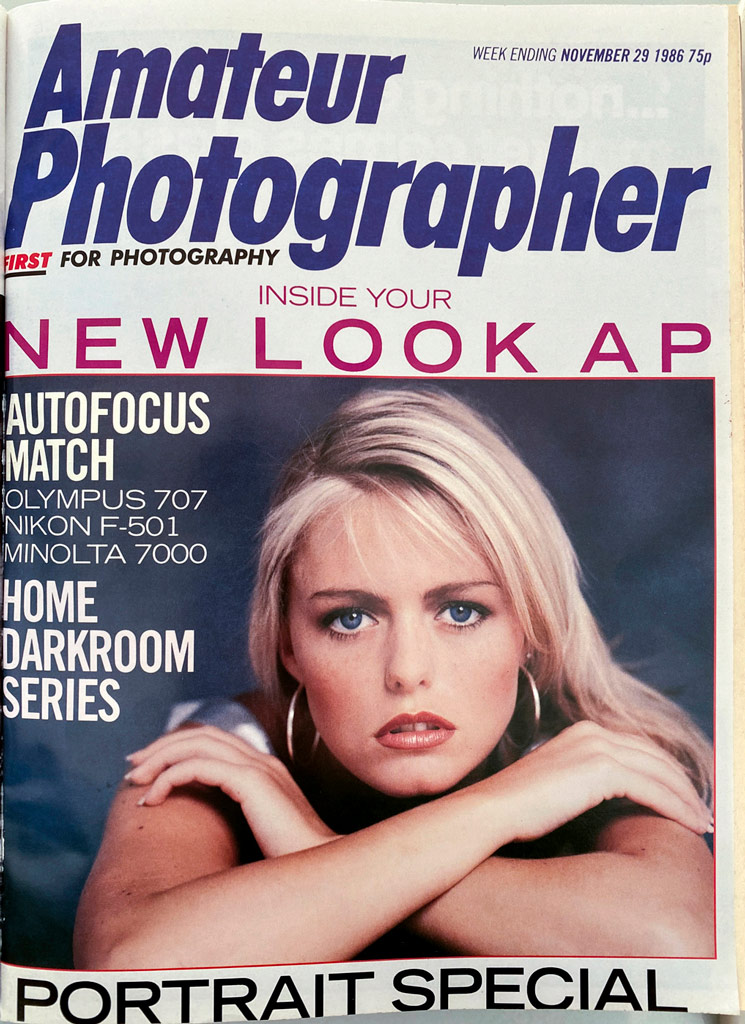
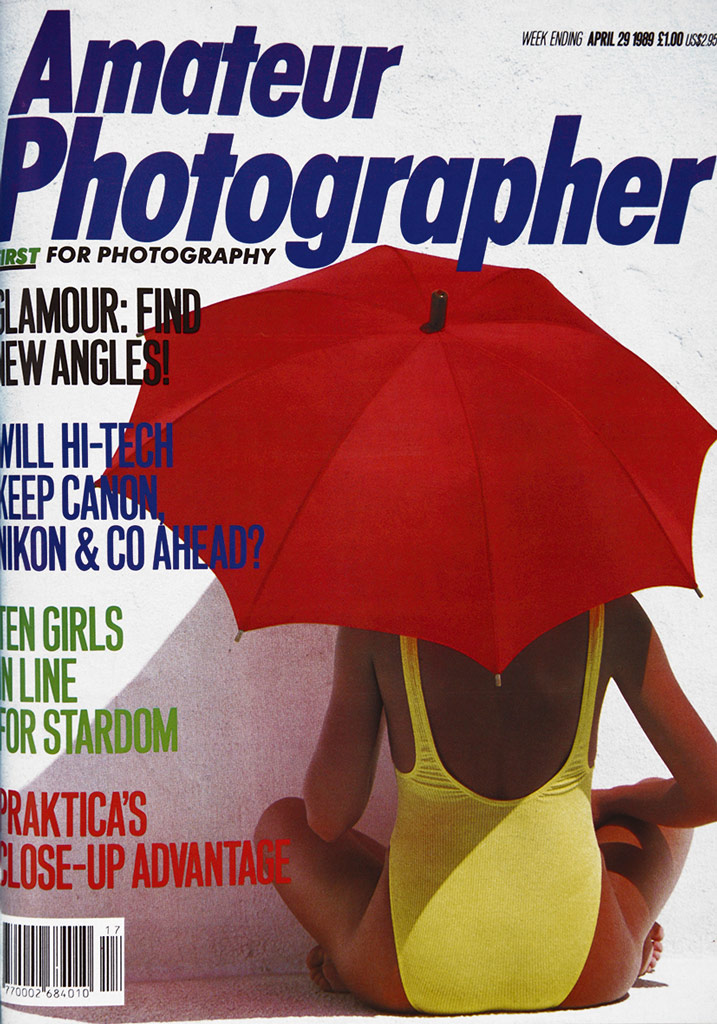


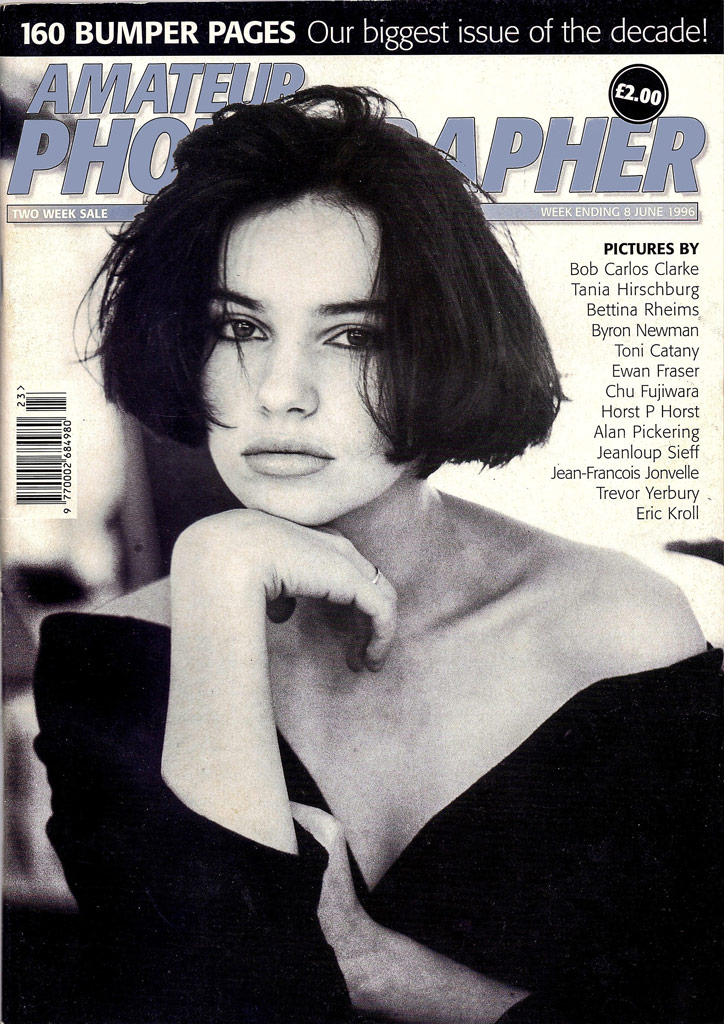
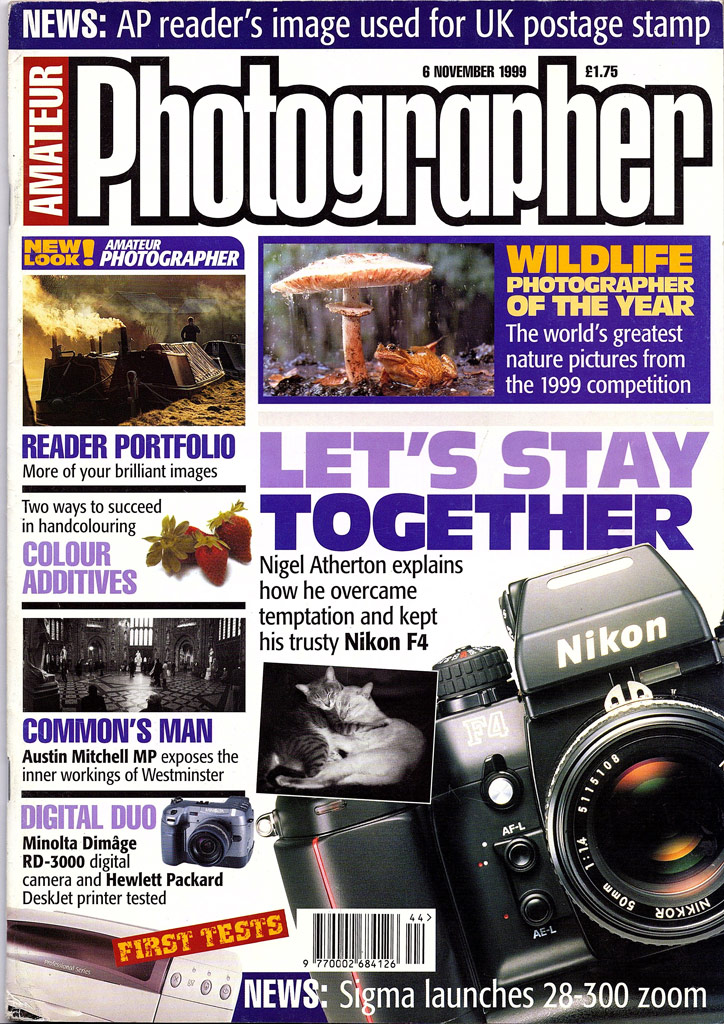
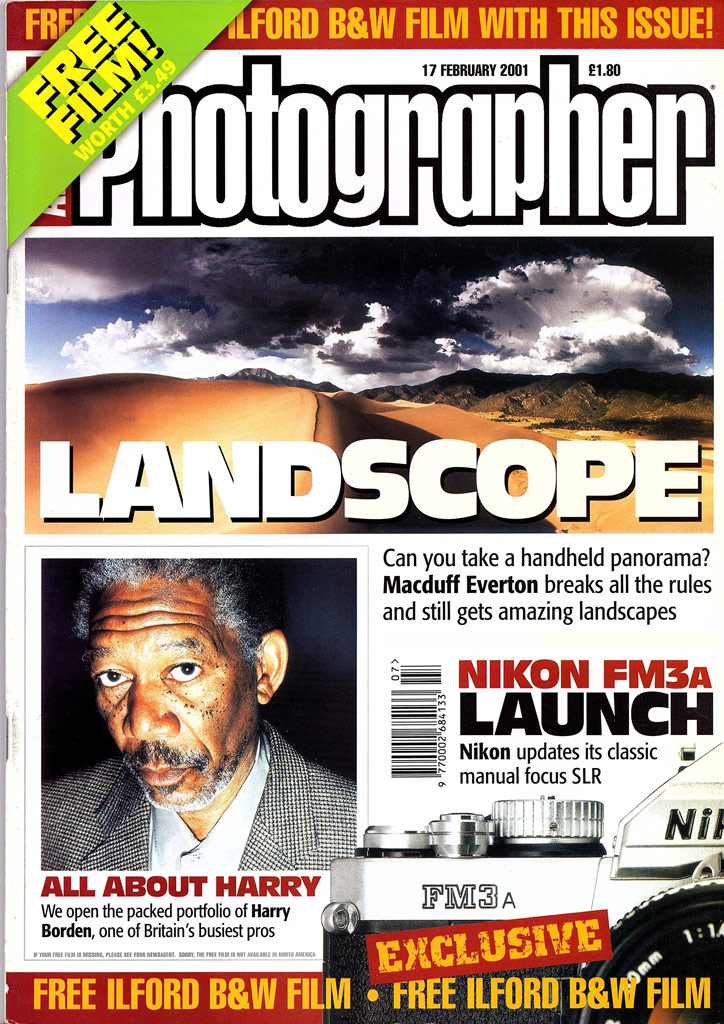
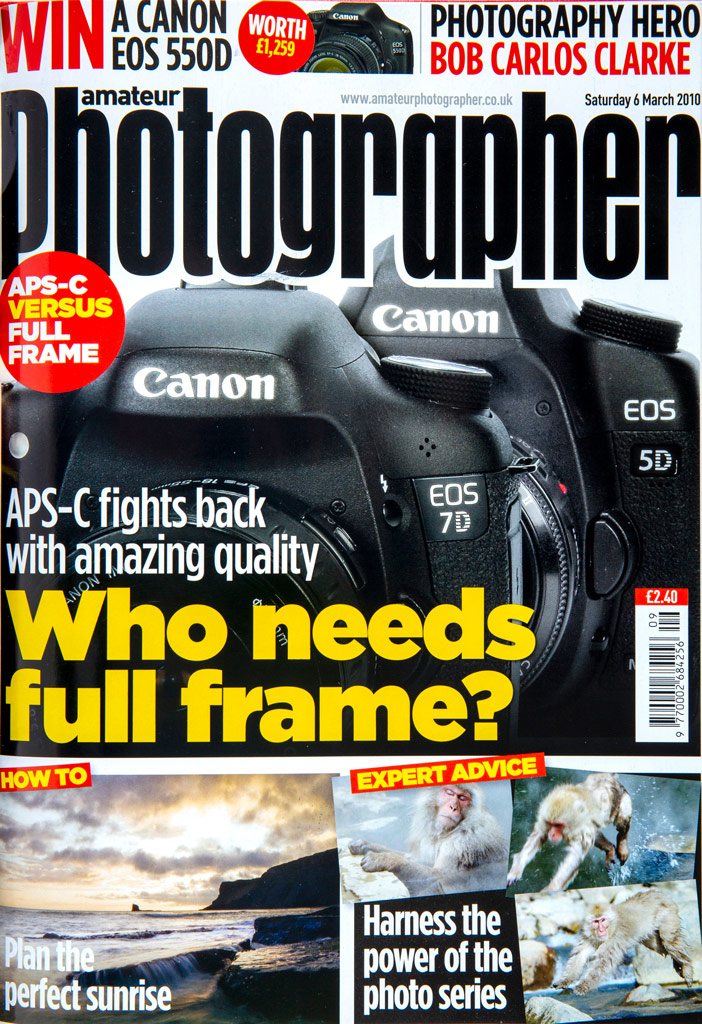
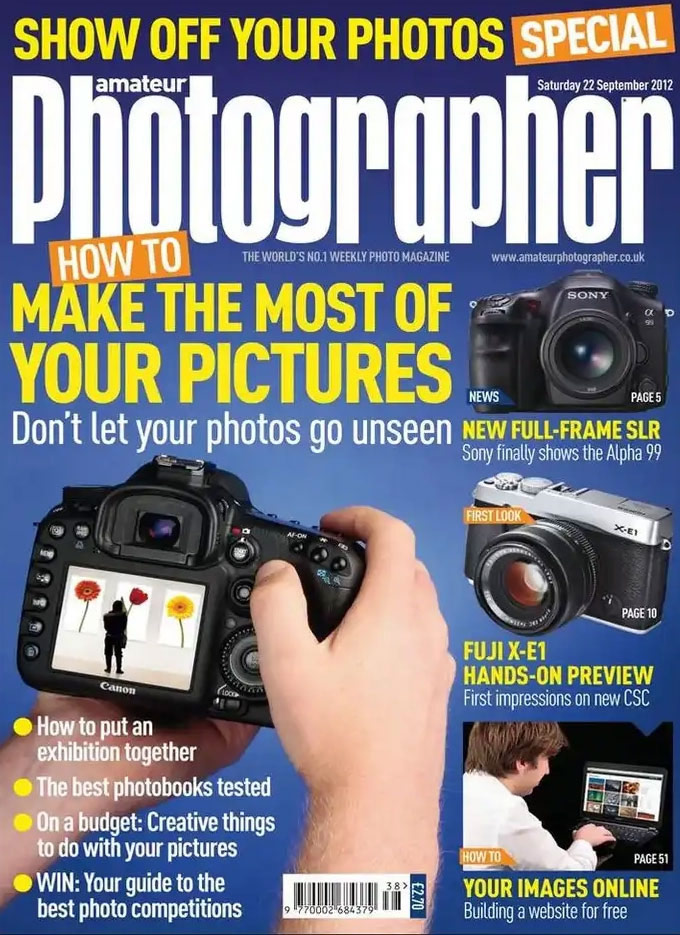
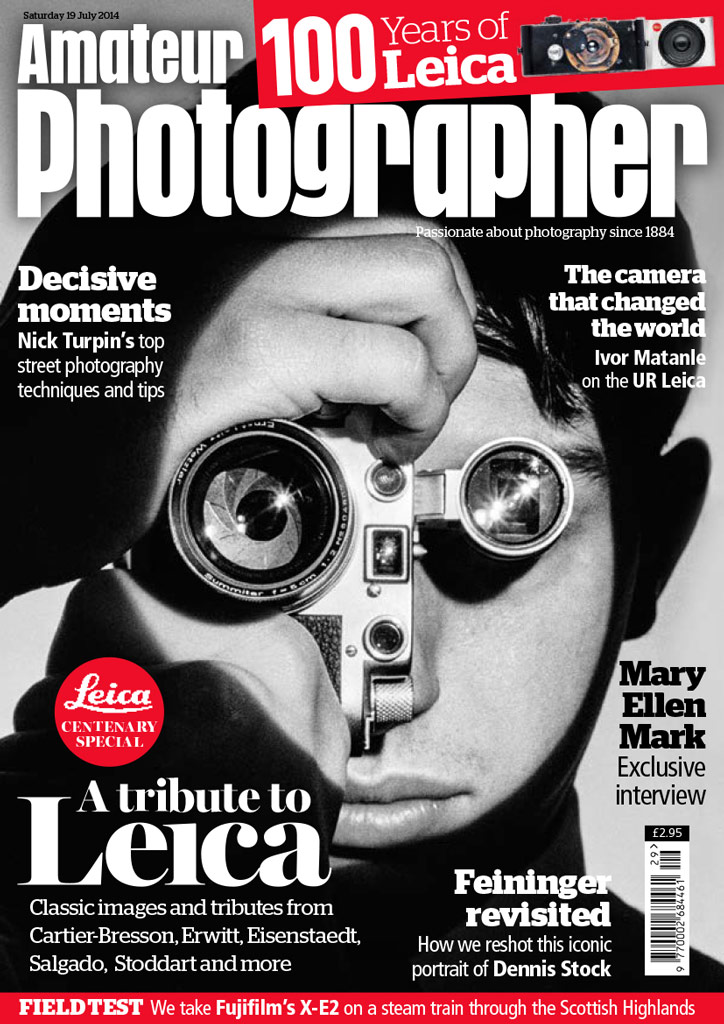
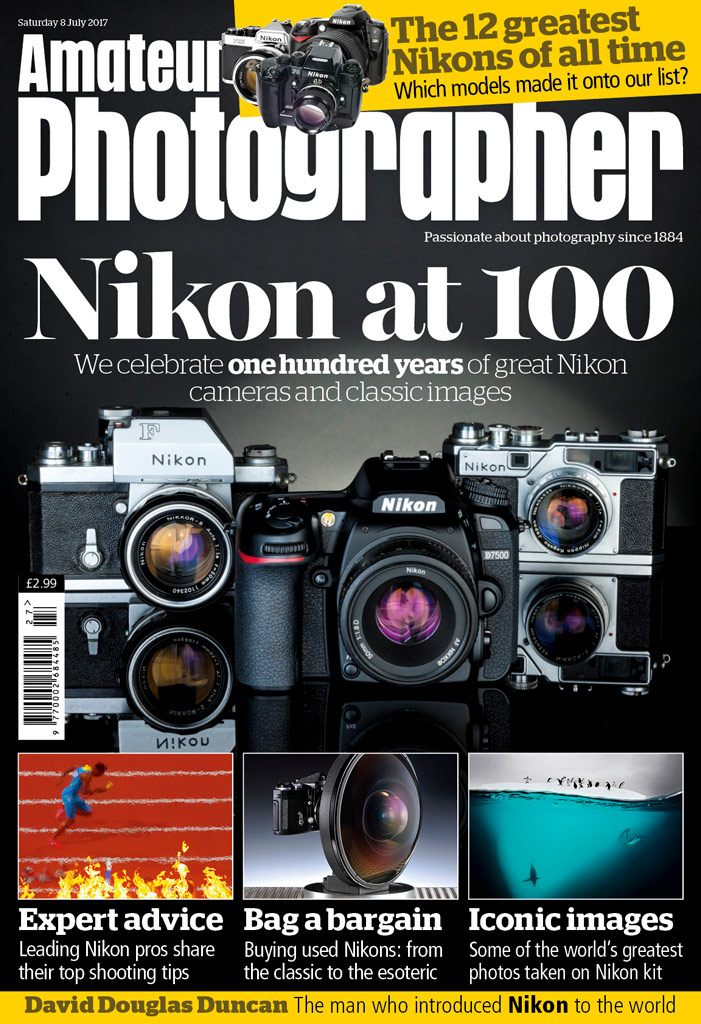


Profound changes
Photography has undergone many profound changes during AP’s lifetime. In its early years AP wasn’t even able to reproduce photographs – the magazine was entirely text based and it would be 24 years before it featured a photo on the cover – one of FJ Mortimer’s moody ship photos, on the 12 May 1908 issue. (The first colour cover photo came in 1925 but it wasn’t until the 1960s that colour became the norm.)
Over the decades AP has guided its audience through the transition from plates to roll film, from larger formats to 35mm, from black & white to colour, and film to digital. It has survived mergers, acquisitions and name changes along the way and today remains the world’s only weekly photo magazine, and the oldest still widely sold at retail. No other photography magazine in the world has published so frequently, for so long, and so dominated the market like AP has; and even today, with so many rivals, AP accounts for around half of all the photography magazine purchases at newsagents and supermarkets across the UK.
As the current editor, it is my job to guide AP through the next chapter in photography’s evolution and navigate the rapid changes that are buffeting us today. These include the phenomenal growth in the popularity of video (both creating and watching), the inexorable rise of smartphones as cameras, and the growth of social media and digital platforms as the main destination for sharing and consuming photography (happening at the expense of a declining print media). And we’re entering a new era of AI-based imaging, with its own opportunities and challenges.
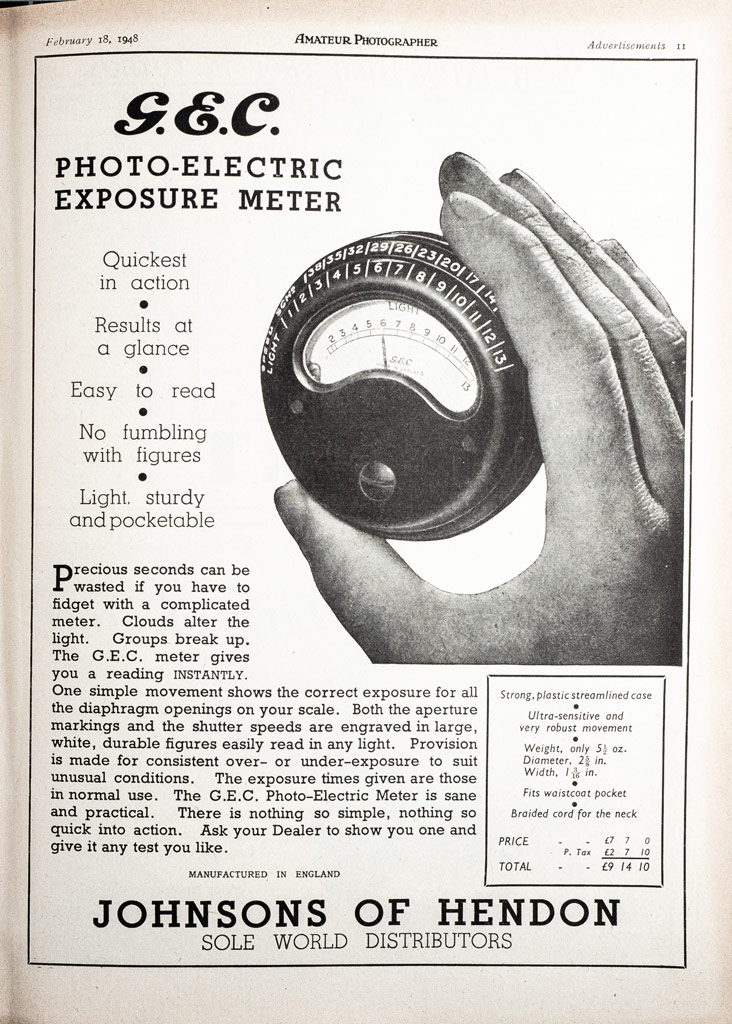
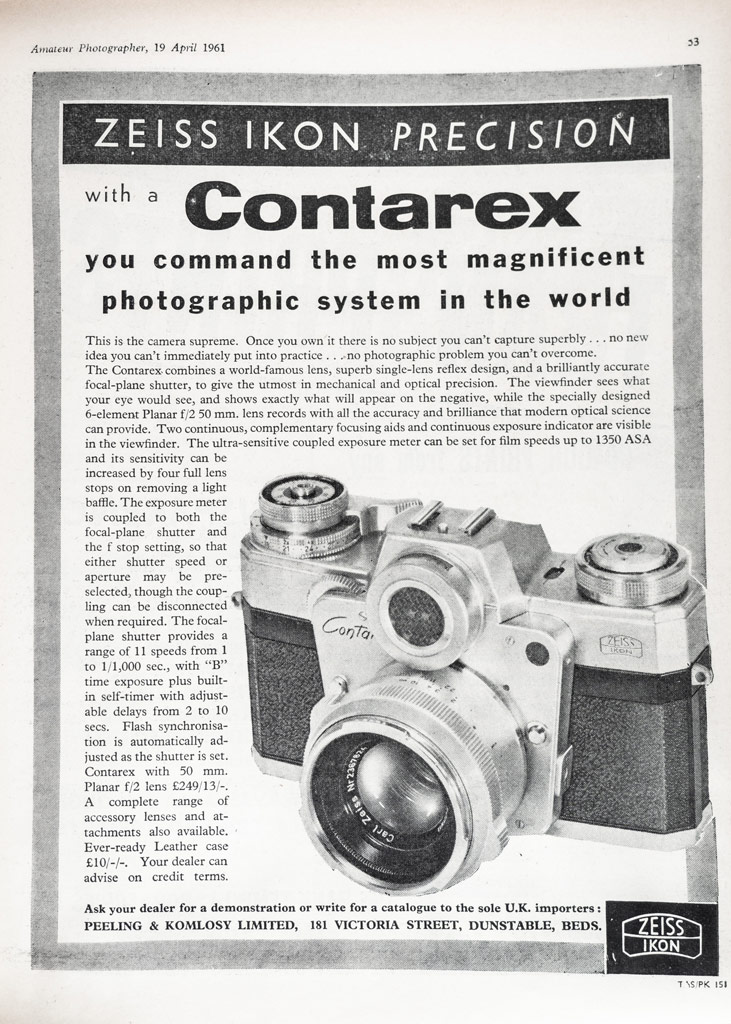
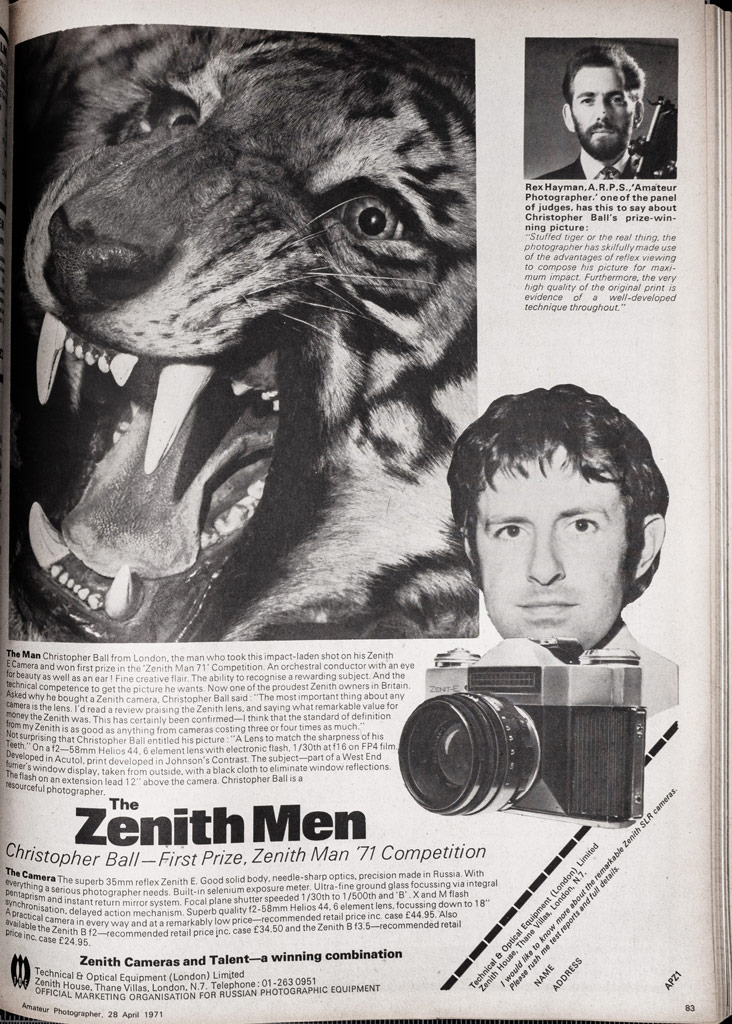

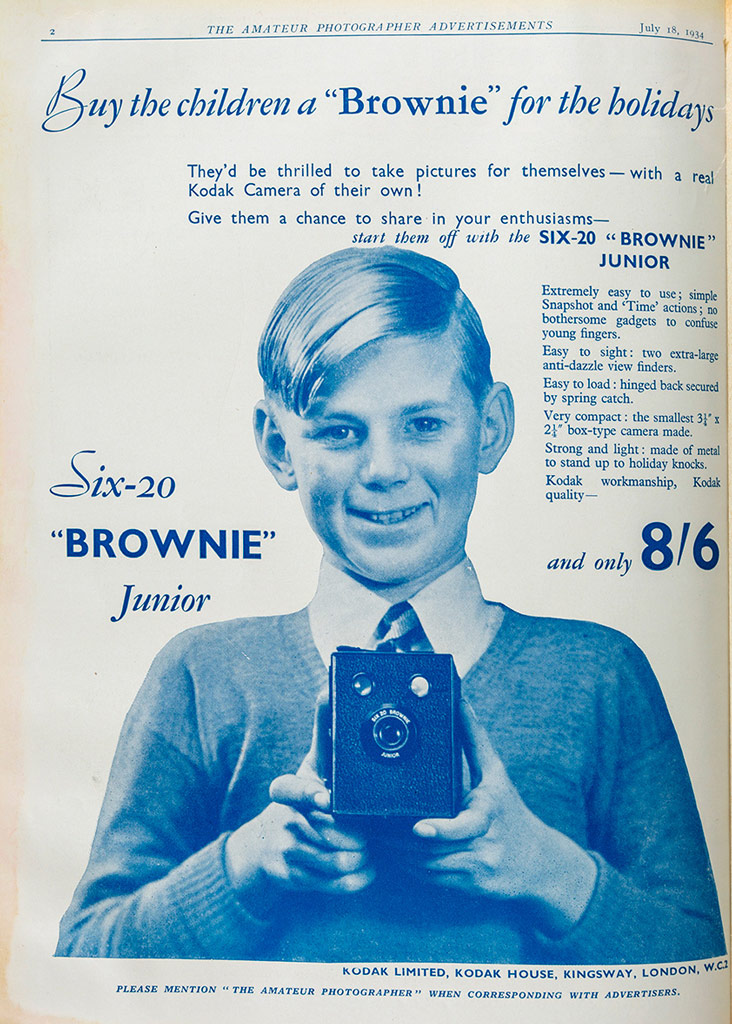
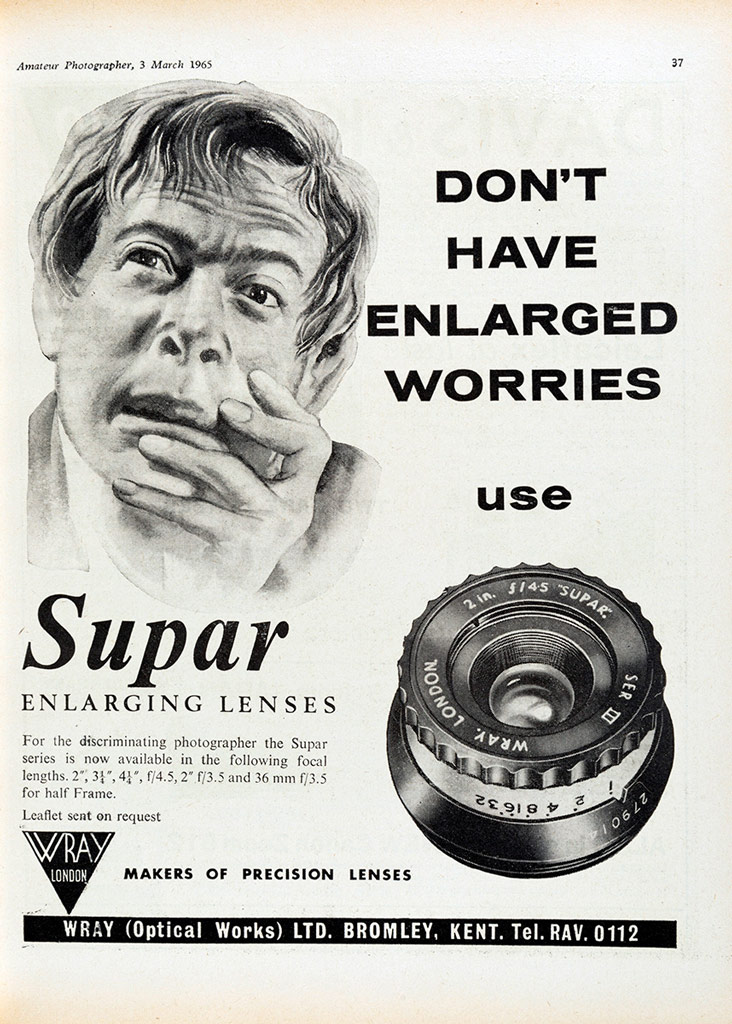
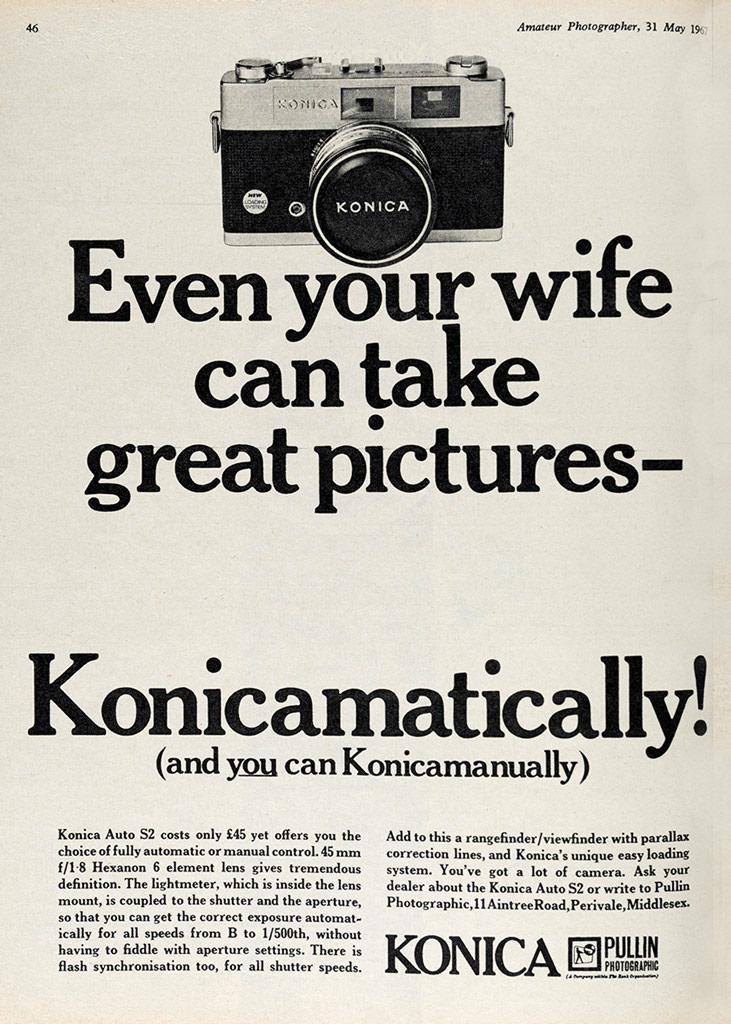

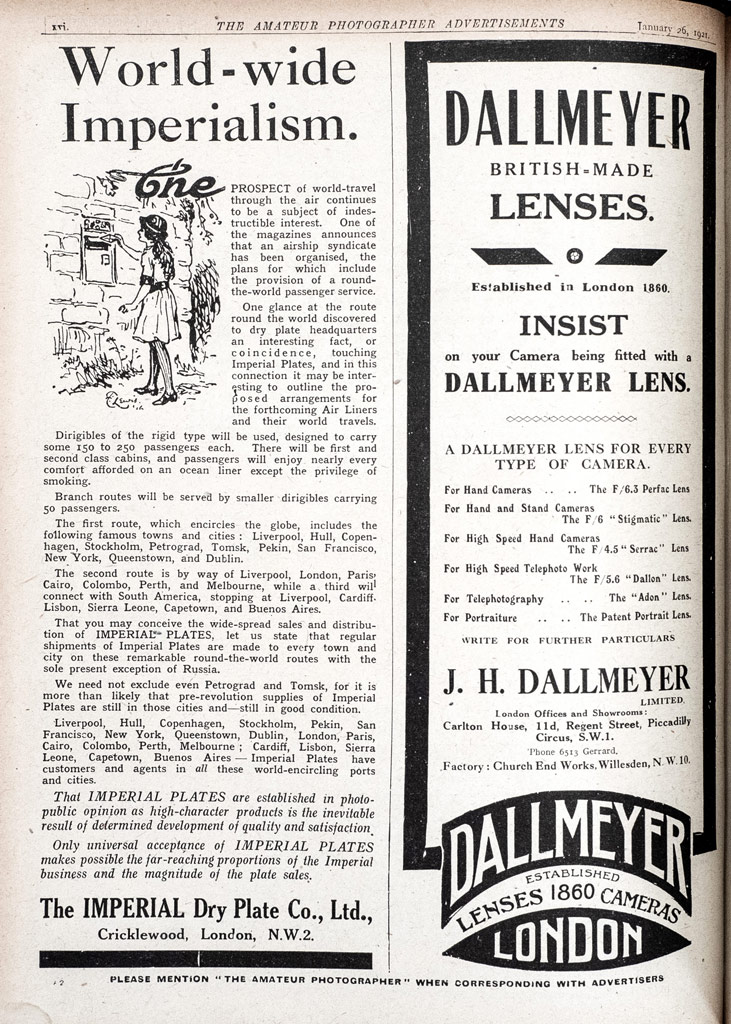

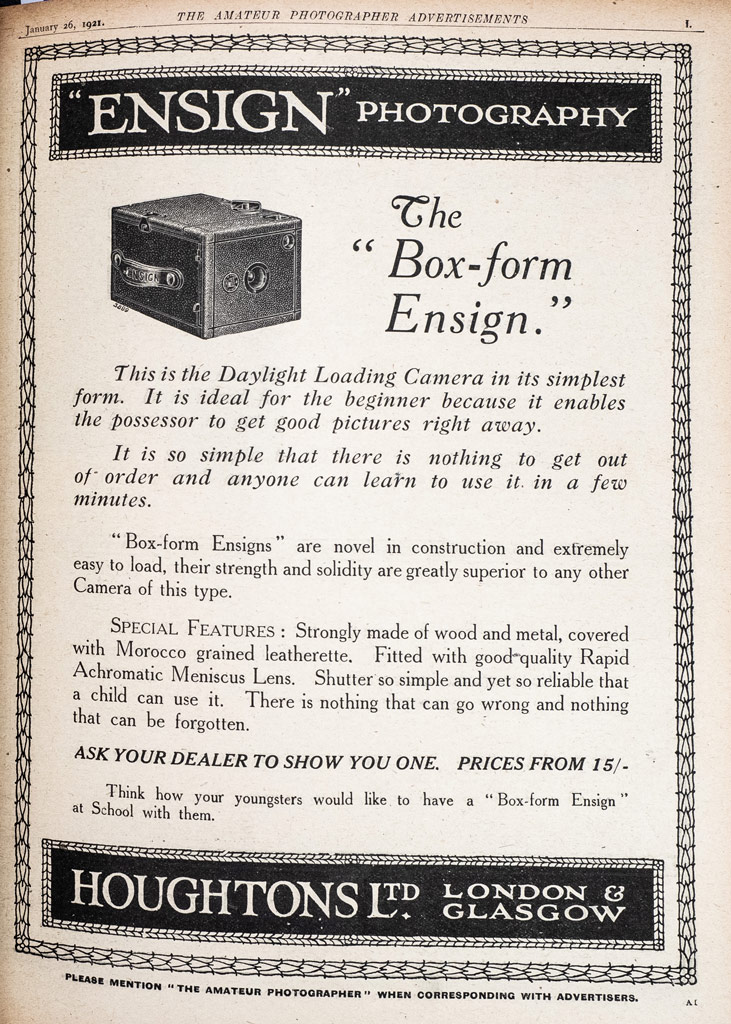


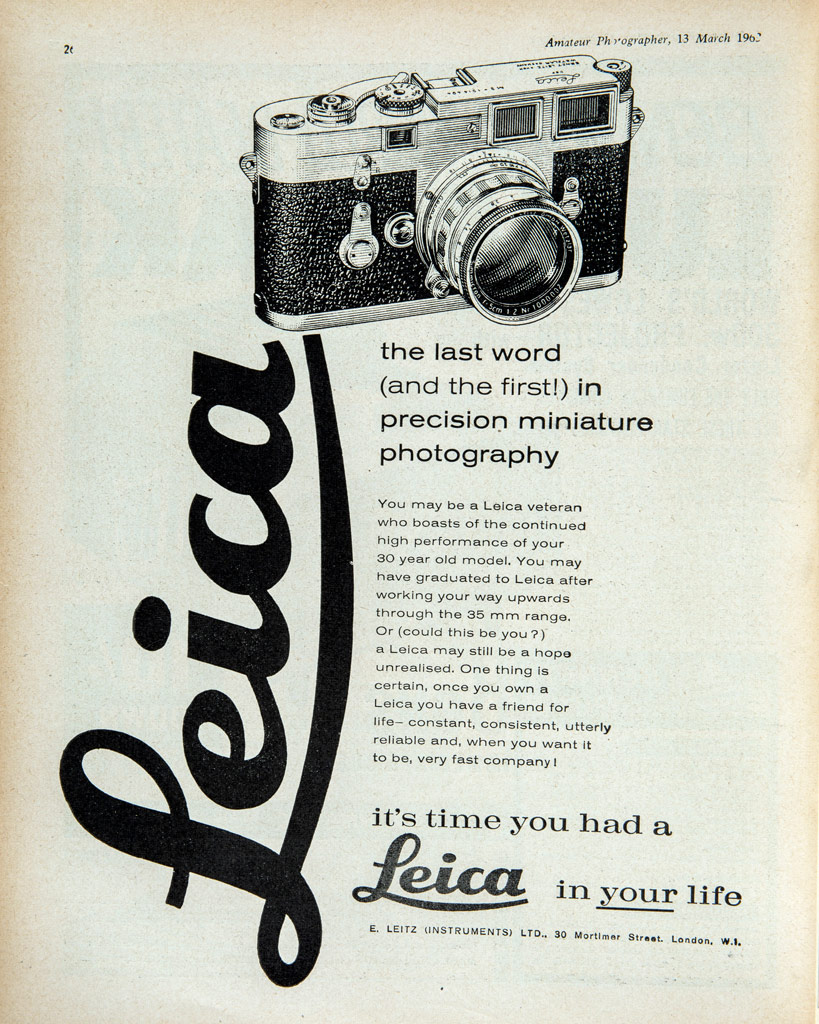
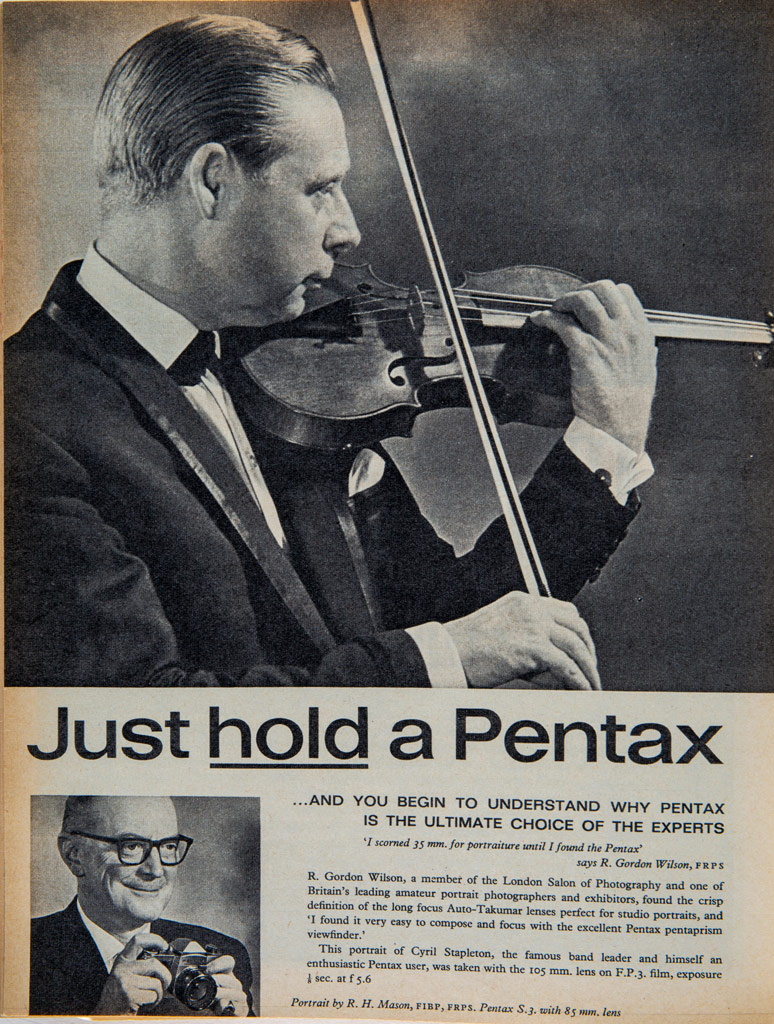
AP’s audience is no longer just in print, no longer just ‘amateur’ and no longer confined to the UK. Through our various platforms we reach around a million people a month worldwide. Indeed, in the modern world of ‘side hustles’, around a quarter of our readers earn some income from their photography, and many more aspire to do so.
Photography has never been a more popular pastime than it is today, but the tools of the trade have been changing since the earliest days. If J Harris Stone could visit the world of AP today, 7,220 issues later, he would scarcely believe that his creation had survived and thrived, and would be astonished to see how photography has evolved. The technology inside smartphones would seem otherworldly to him. What the photography world will look like in another ten years, when we celebrate our 150th anniversary, is anyone’s guess, but one thing’s for sure: people will still be making photographs to record their lives and express their creativity. Somehow.
AP’s longest-serving staffer
Alan McFaden worked as AP’s in-house photographer for an unprecedented 48 years. He joined the photo department of AP’s parent company, Iliffe Press, in 1962 as a trainee, and retired at the end of 2010, having worked under nine editors. When he started there were 27 photographers in the department and they were using ancient De Vere half plate cameras that took 6 1/2 x 4 3/4in glass plate negatives. In 1977, after a brief spell using Mamiya C2 TLRs, he switched to a Hasselblad 500CM, which he used until he went digital in 2003 with a Canon EOS-1Ds.

In 1980 he became the photo department’s sole surviving member and became exclusive to AP.
In addition to shooting all of AP’s product photography from the spacious AP studio, Alan would also help to test film and equipment, write tutorial features, shoot some of the covers and provide technical advice to the dozens of young journalists who came and went over the years.
Now retired, Alan is still a regular AP reader and a keen photographer and camera collector. ‘I’ve been very lucky,’ he told me when I spoke to him while putting this feature together. ‘I have had my dream job, working at AP, since leaving school, and managed to continue doing it until I retired. Not many people have been that fortunate.’
Glamour and erotica in AP
The AP archives provide a fascinating insight into social attitudes of the day, and nowhere is this more obvious than in AP’s depiction of women. Before WW2 they were generally seen as housewives and mothers but from the ’50s pretty girls made a more regular appearance on the cover, and over time these evolved from portraits to pin-ups, with swimsuits replacing jumpers. By the mid-’70s even the bikinis were occasionally ditched in favour of full-frontal nudity. In the 1980s AP was obsessed with glamour photography and page 3 models, and ads for model shoots and studio hire filled the back pages.
During the 1990s the cheesy glamour was dropped in favour of a more fine art approach to the female form. Fashion photographers like Helmut Newton, Bob Carlos Clarke, Herb Ritts, Peter Lindberg and Bettina Rheims became regulars, when they weren’t shooting for the likes of Vogue and Harper’s.
From 1994 to 2002 AP’s nudity quota was published all in one hit, in the annual ‘Erotica’ issue, which emphasised high-quality art photography over titillation. Initially this sealed issue was AP’s biggest-selling edition each year, and during the late 1990s it was my job, as Features Editor, to curate it. Of course many buyers had little interest in photography and were disappointed by the “arty b*****ks” they found inside, once they got it out of the bag.

When the wave of lads’ mags arrived on the scene in the late 1990s this audience no longer had to feign an interest in apertures and honeycomb snoots and the initial sales spike for the Erotica issue had turned into a dip by the time it was canned in 2002.
During this era there was an unspoken assumption that photography was just for men. In today’s AP, women are more likely to be found behind the camera than in front of it.
AP columnists
Regular columnists have always been an important ingredient of any magazine. They bring a sense of familiarity and become like an old friend over time. AP has a long history of popular columnists whose musings have often been the first pages that their loyal fans turned to. One of the earliest was WLF Wastell who, under the pseudonym ‘The Walrus’ wrote a humorous topical page called ‘Piffle’, which ran every week from 1903 to 1928 without missing an issue.
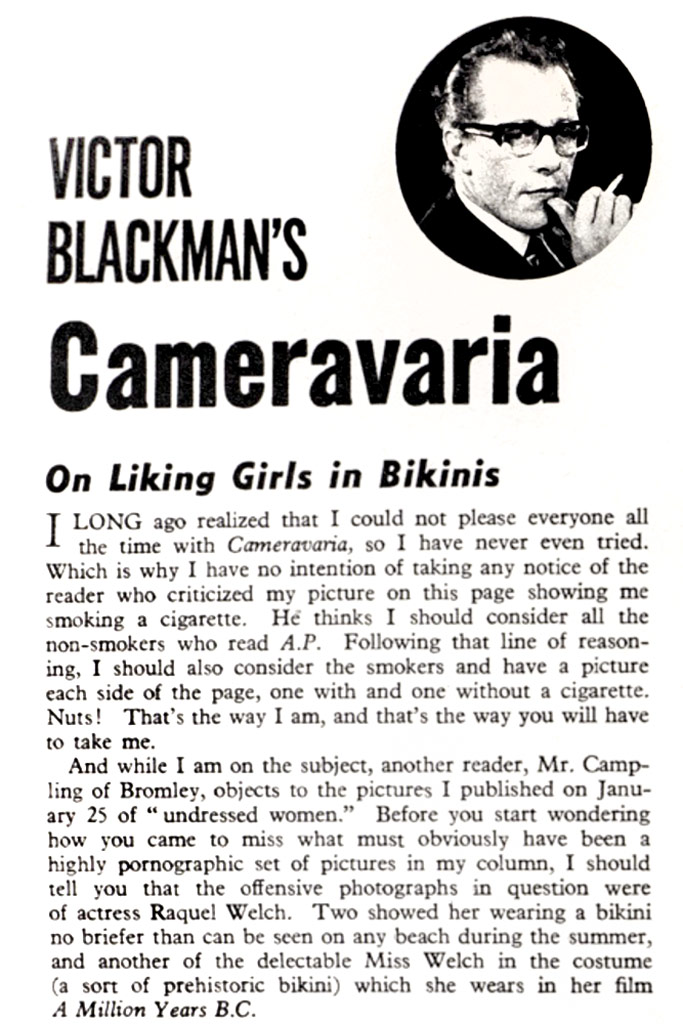
This stint was beaten by Ricardo, whose ‘Picture Points’ column ran weekly for nearly 30 years from 1935 to 1964. ‘Picture Points’ was a critique of readers’ pics which used sketches with lines and annotations drawn over them to indicate compositional suggestions.

In 1941 AP brought in Daily Mirror press photographer Lancelot Vining, who was an early pioneer of 35mm photography and had written an influential book on the subject called My Way with the Miniature (which is how 35mm was referred to in the early days). His ‘Miniature Camera Gossip’ column ran until he retired in 1961 and was replaced by fellow press photographer Victor Blackman, who worked at the Daily Express.
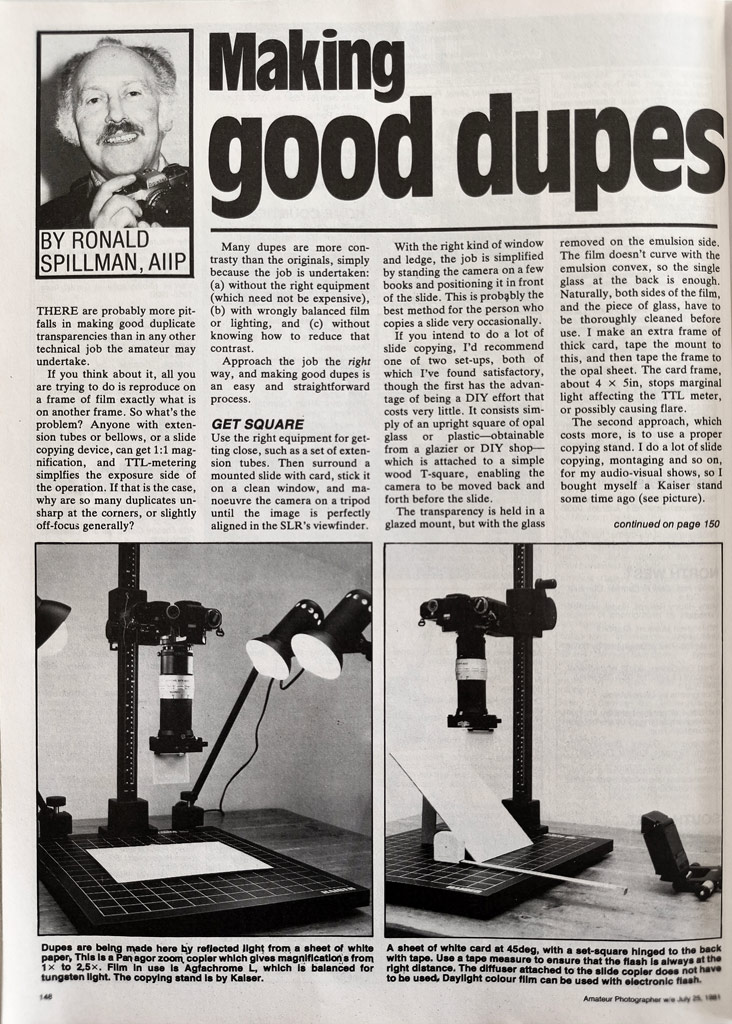
Blackman’s column, which recounted highlights from his week at the Express, ran until 1986. It was initially called ‘Photo Gossip’ but was changed to ‘Cameravaria’ and then, in the 1980s to just ‘Blackman’.
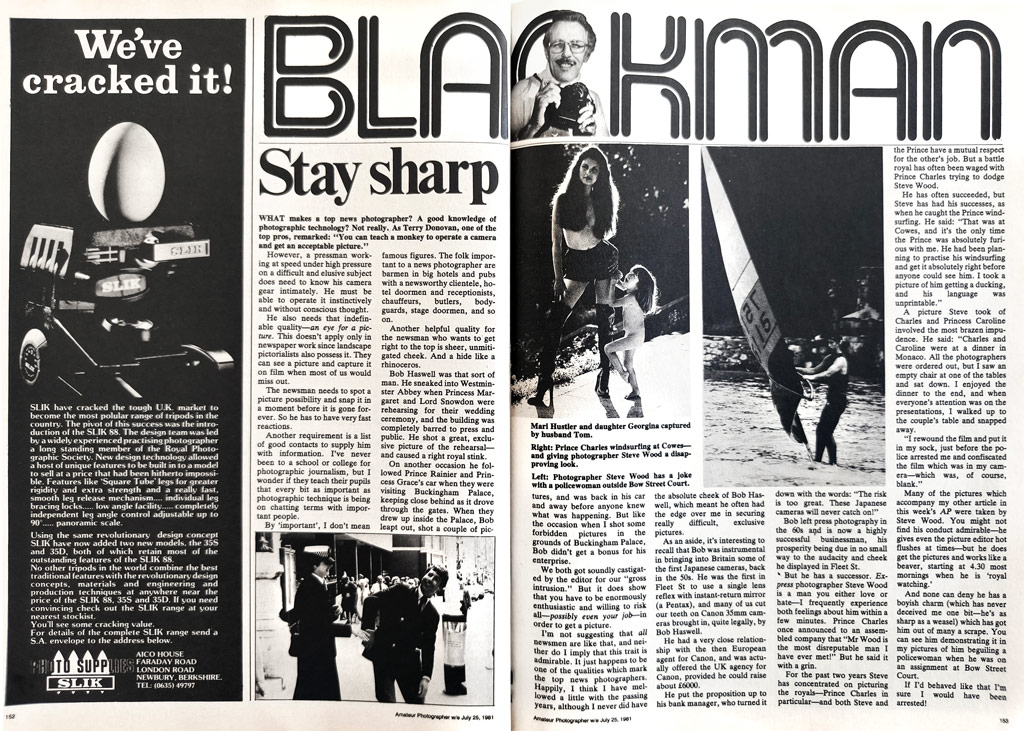
Whatever it was called, Blackman’s column became the most popular feature in AP and is to this day the one most fondly mentioned when readers recall APs of the past. He was joined during the ’80s by Ron Spillman, whose ‘Ask Spillman’ column answered readers’ technical queries until 1992.

In 1991 AP recruited another press photographer, the Mirror’s Chief Photographer Mike Maloney. His ‘Picture Clinic’ was an update of Ricardo’s ‘Picture Points’, but with more brutal honesty, and the addition of an ‘I’ve Been Mauled by Maloney’ badge for readers whose work didn’t come up to scratch. These pins soon became a highly-sought-after badge of honour.
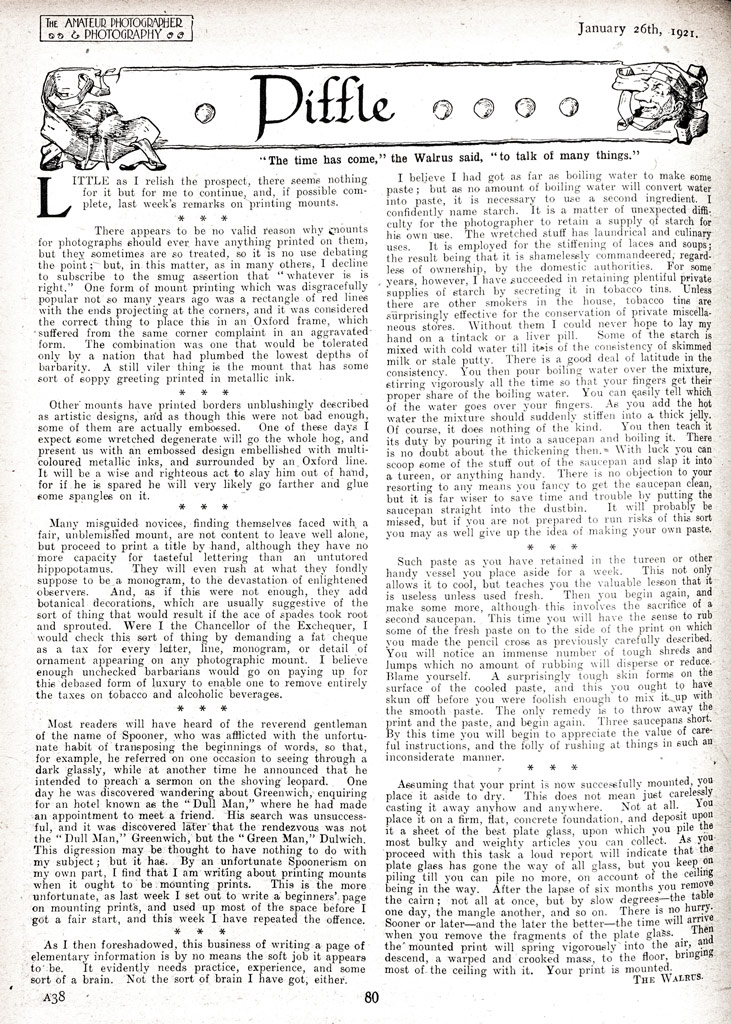
The 1990s also saw the arrival of an impressive roster of high-profile columnists, including Guardian photographer turned Picture Editor Eammon McCabe, Fleet St printer Larry Bartlett, Bob Carlos Clarke and, of course, David Bailey. It also featured a rotating roster of nature photographers including National Geographic’s Frans Lanting and Jim Brandenburg.
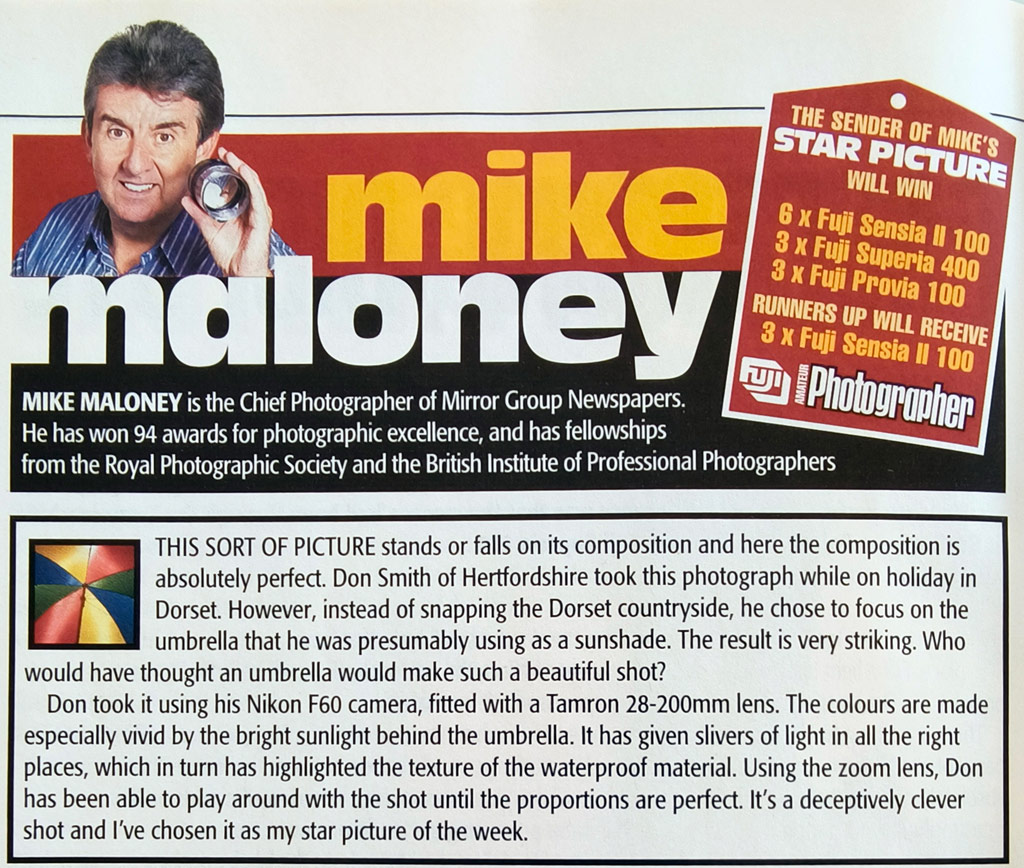
When Garry Coward-Williams became editor in 1998 one of his first acts was to hire Roger Hicks for the back page. His columns, which he continued until he died in 2019, were opinionated, often contentious but always informative and hugely entertaining, and he built a loyal following. Current columnists include Tony Kemplen and Professor Bob Newman.

140 years of photo history
A brief summary of the biggest milestones in AP’s 140 -year history, and the major landmarks in photography during AP’s existence



- 1884: First issue of The Amateur Photographer published, edited by J Harris Stone
- 1900: Kodak launches the Brownie box camera. It used 127-format roll film and cost $1
- 1908: First AP cover picture
- 1908: Merged with Photographic News, with the editor (F J Mortimer) of Photographic News becoming the editor of the newly merged magazine
- 1914: Leica Camera founded by Ernst Leitz
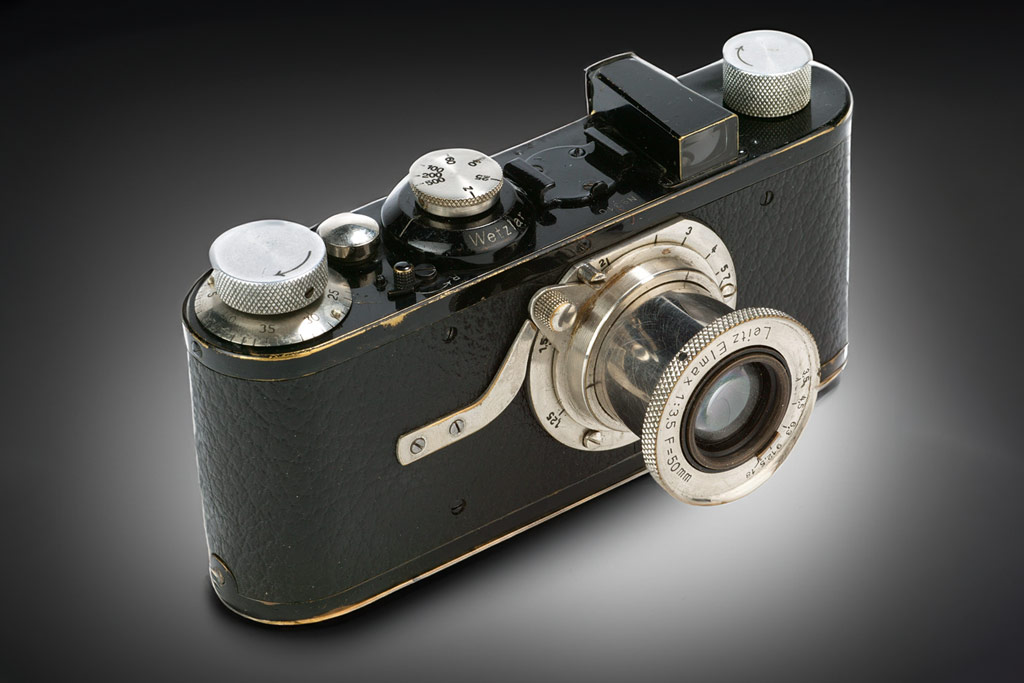
- 1917: Nikon is founded as Nippon Kogaku Tokyo
- 1918: AP combines with Photography, to become The Amateur Photographer and Photography. The ‘and Photography’ was dropped in 1925
- 1919: Olympus is founded, making microscopes and thermometers. Its first camera is introduced in 1936
- 1934: Fuji Photo Film Co. is established, with the aim of being the first Japanese producer of photographic films
- 1937: The Precision Optical Instruments Laboratory is founded in Japan, the origins of what would later become Canon Inc



- 1944: Editor FJ Mortimer is killed in a rocket attack on the way to the AP office
- 1948: The Hasselblad is introduced and Edwin Land introduces the Polaroid Instant Camera
- 1950: The first Photokina trade show is held in Cologne, Germany
- 1959: The Nikon F is launched. One of the most advanced cameras in the world, it’s produced until 1973
- 1962: First full colour issue of AP
- 1975: Steven Sasson invents the first self-contained digital camera at Kodak. It has a resolution of 0.01 million pixels



- 1977: First annual AP Awards held for the best photographic products, services and retailers
- 1980: AP boasts its biggest ever circulation figures of 106,880
- 1983: AP boasts world’s first hologram magazine cover
- 1984: AP celebrates its 100th anniversary
- 1985: Minolta revolutionises the camera market with its Dynax 7000 – the first 35mm SLR with body-integral autofocus
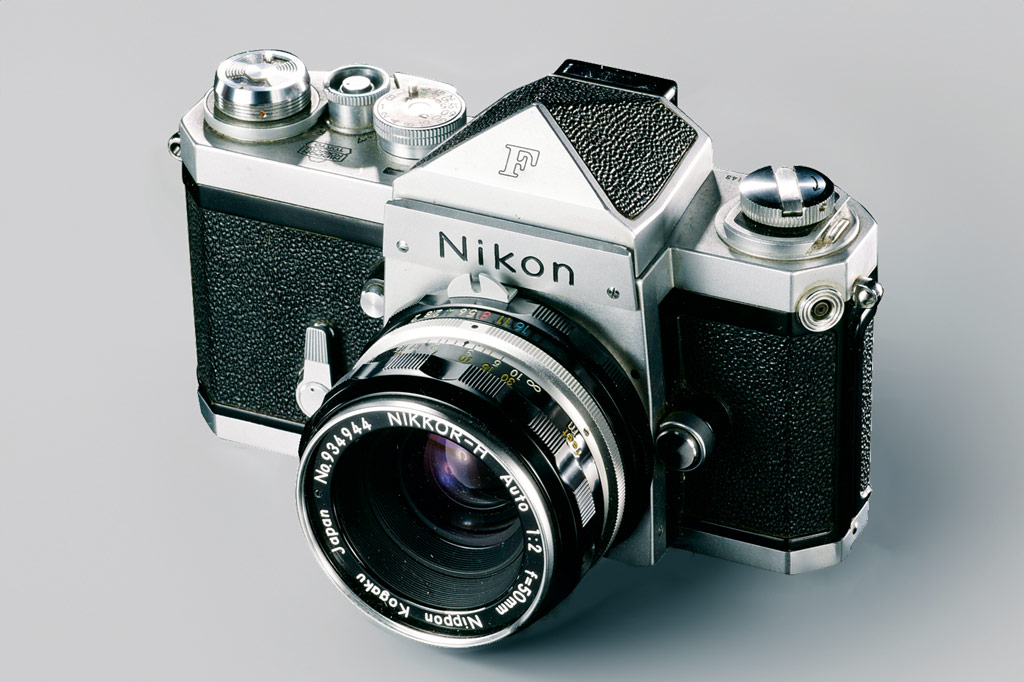
- 1996: Kodak, Fujifilm, Agfa and Konica introduce the shortlived APS film format, which features multiple innovations but arrives too late to save the film industry from the rise of digital photography
- 1999: The first purpose-built-from-the-ground-up DSLR, the Nikon D1, makes its debut
- 1999: The Amateur Photographer website is launched. You’re on it now
- 2007: Apple introduces the iPhone, and begins the transformation of consumer photography towards instant online sharing
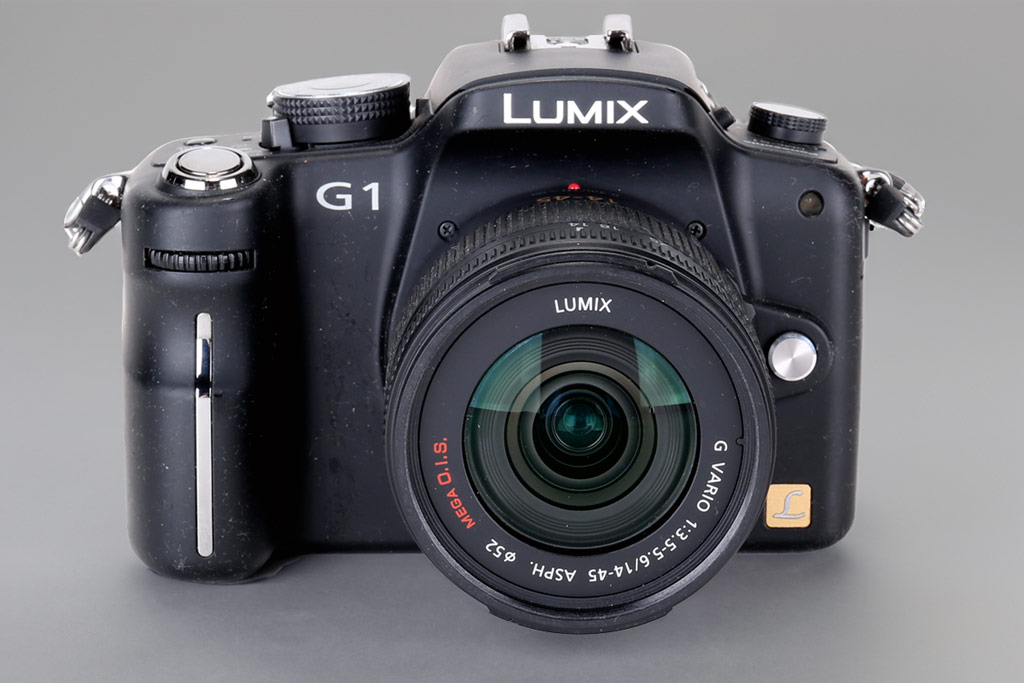
- 2008: The Panasonic Lumix G1, the world’s first mirrorless camera, is launched at Photokina
- 2013: AP’s 16th and current editor, Nigel Atherton, begins his tenure, as Group Editor of AP and What Digital Camera
- 2016: AP staff begin working remotely four days per week when the office moves from its London home to Farnborough, Hampshire
- 2016: AP’s long-standing news editor, Chris Cheesman, dies suddenly at the age of 51. The Chris Cheesman Memorial Award is introduced at AP’s annual awards in his honour



- 2019: Long-time AP contributor Roger Hicks dies after a short illness. His popular back-page column, ‘Final Analysis’, is taken over by a rotating roster of guest contributors
- 2020: AP is acquired by Kelsey Media during the first Covid lockdown. The team now begin full-time remote working, which continues to this day
- 2021: AP launches its monthly Premium Editions, featuring an extra 32 pages of content
- 2022: AP launches a new website and recruits a new digital team led by Joshua Waller, formerly of ePhotozine
- 2023: AP relaunches its YouTube channel. Its videos are now being viewed over 200,000 times per month
- 2024: The AP website exceeds a million visits per month. AP launches on TikTok. AP Live events to launch in October 2024
Related reading:
- 140 years of Amateur Photographer
- 140 years – a lifetime of landmark cameras
- 140 years – What AP means to me
- Life in the past lane – Photography in 1884
Follow AP on Facebook, Twitter, Instagram, YouTube and TikTok.

